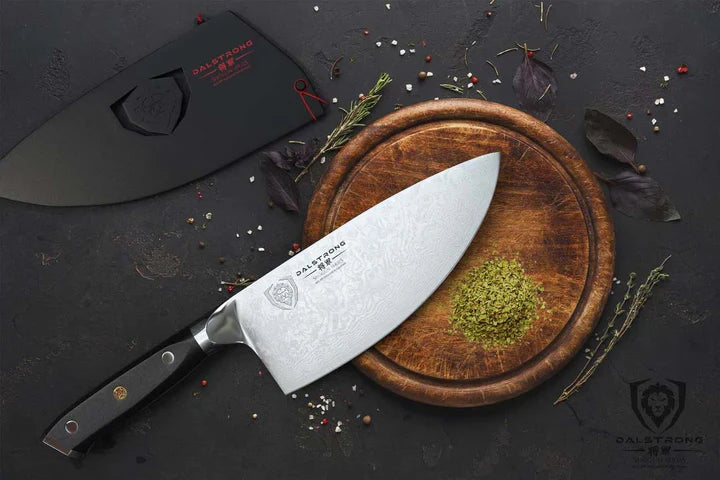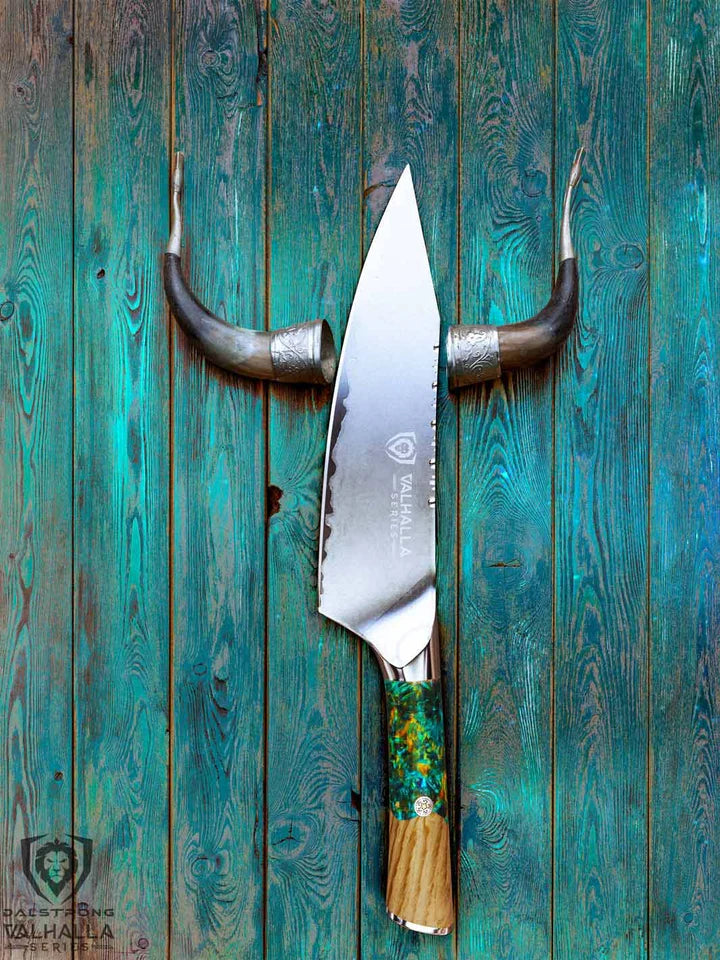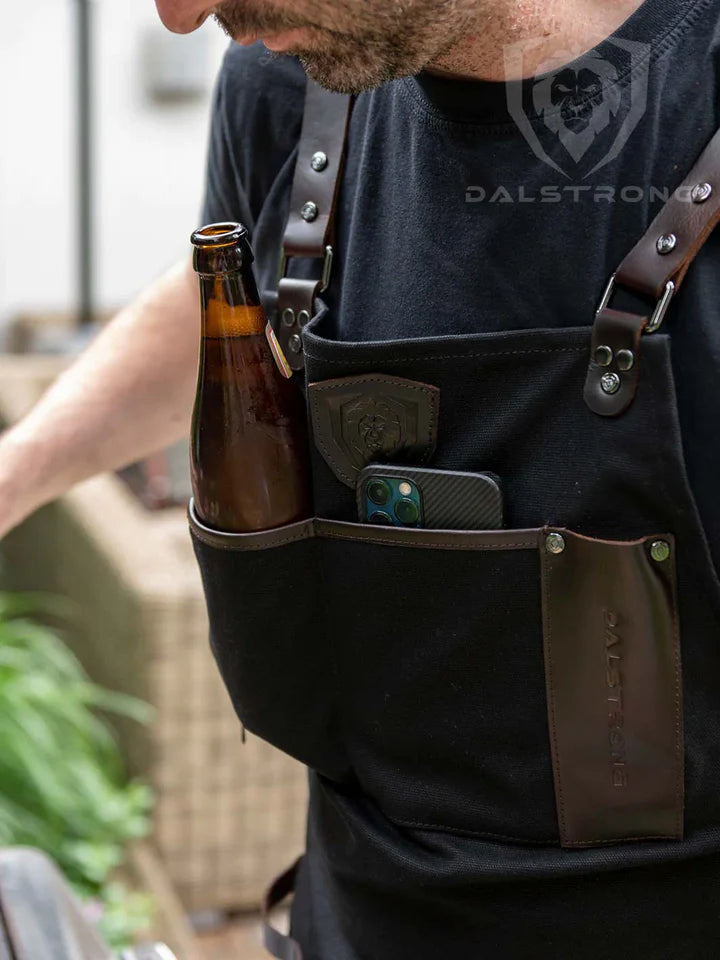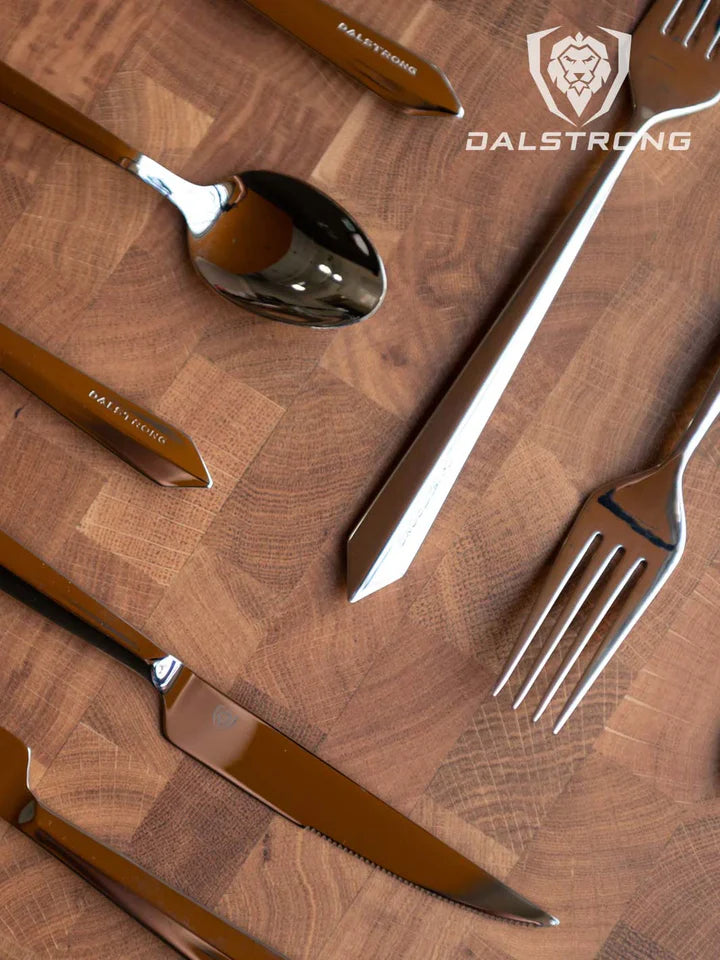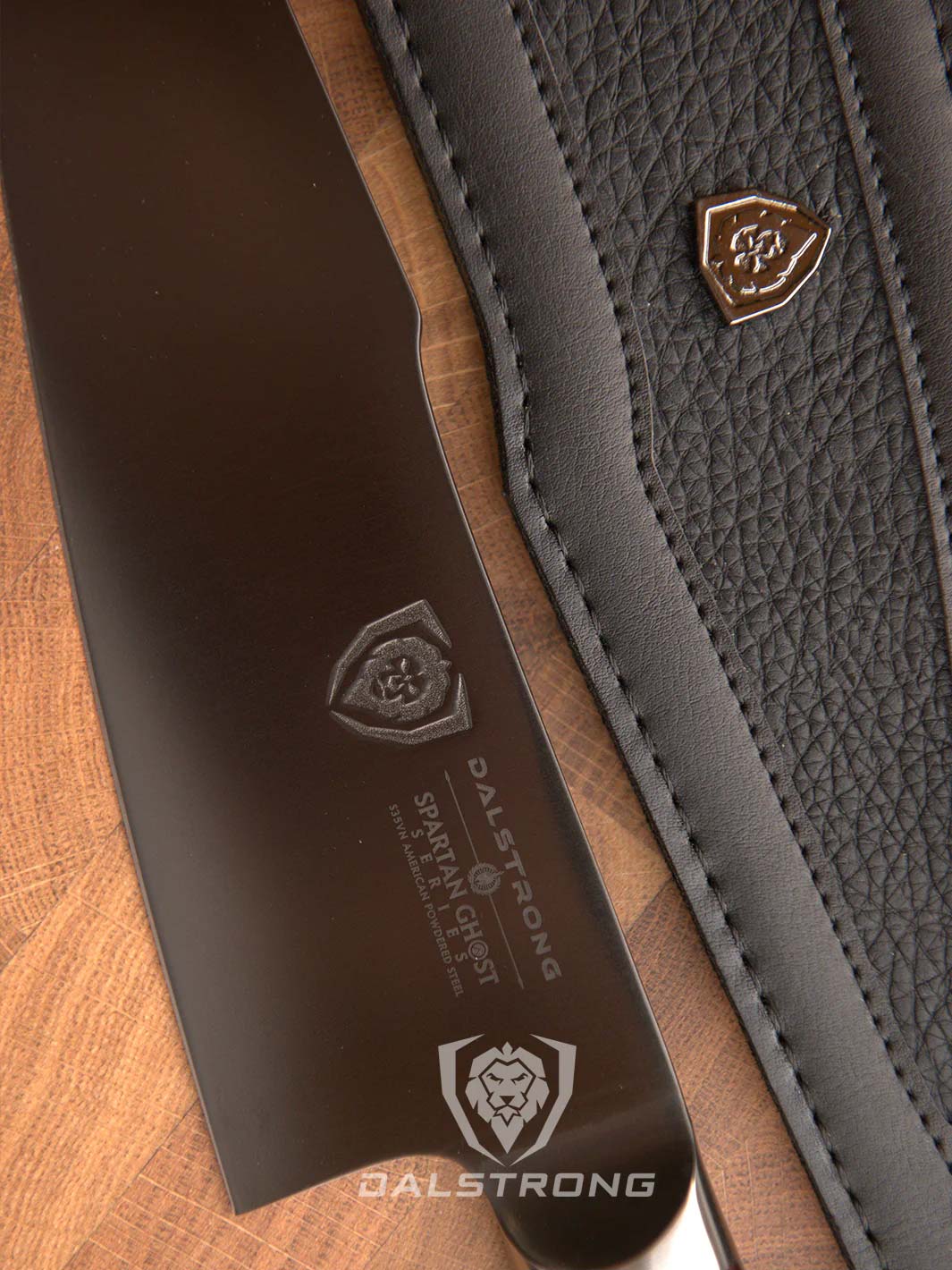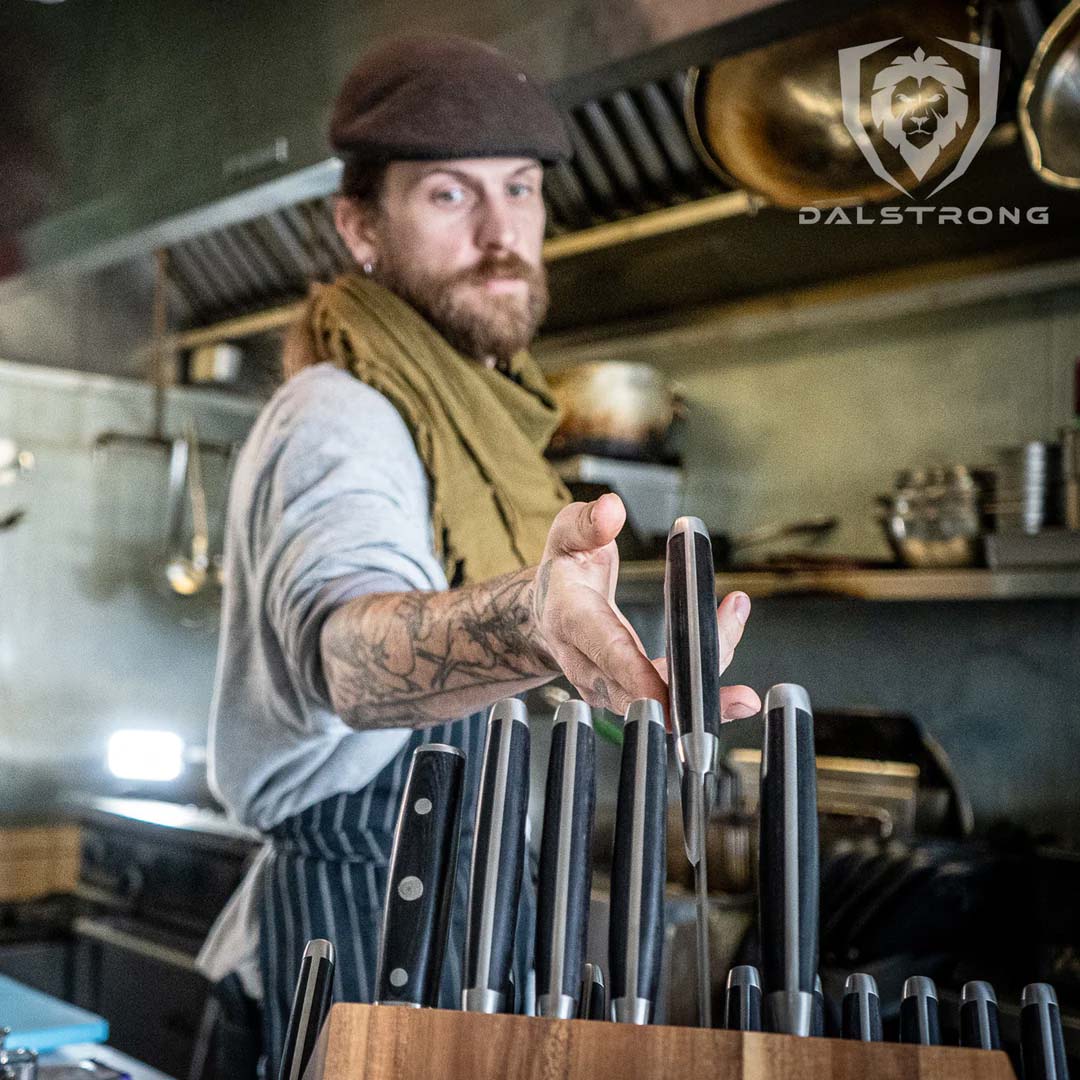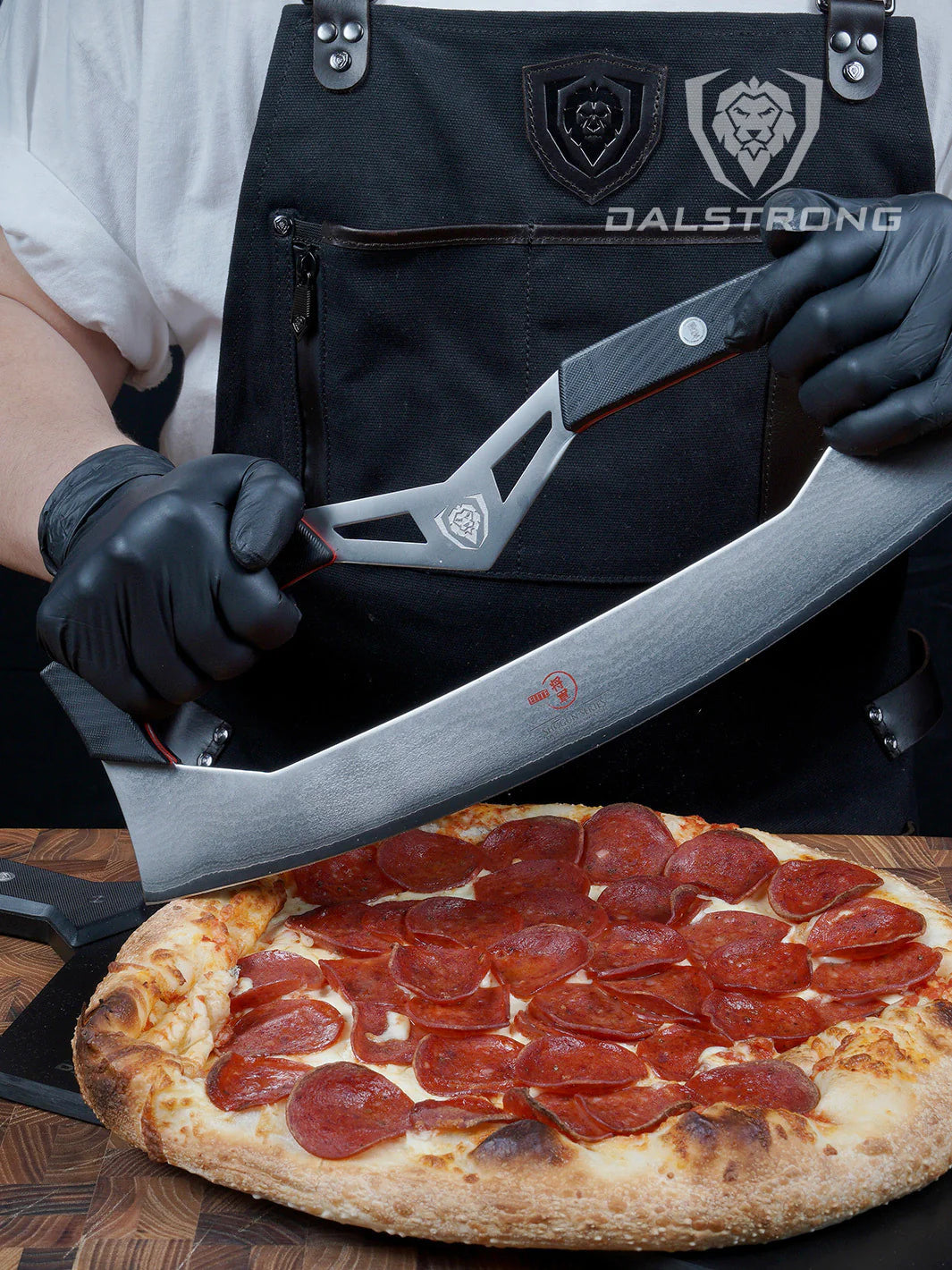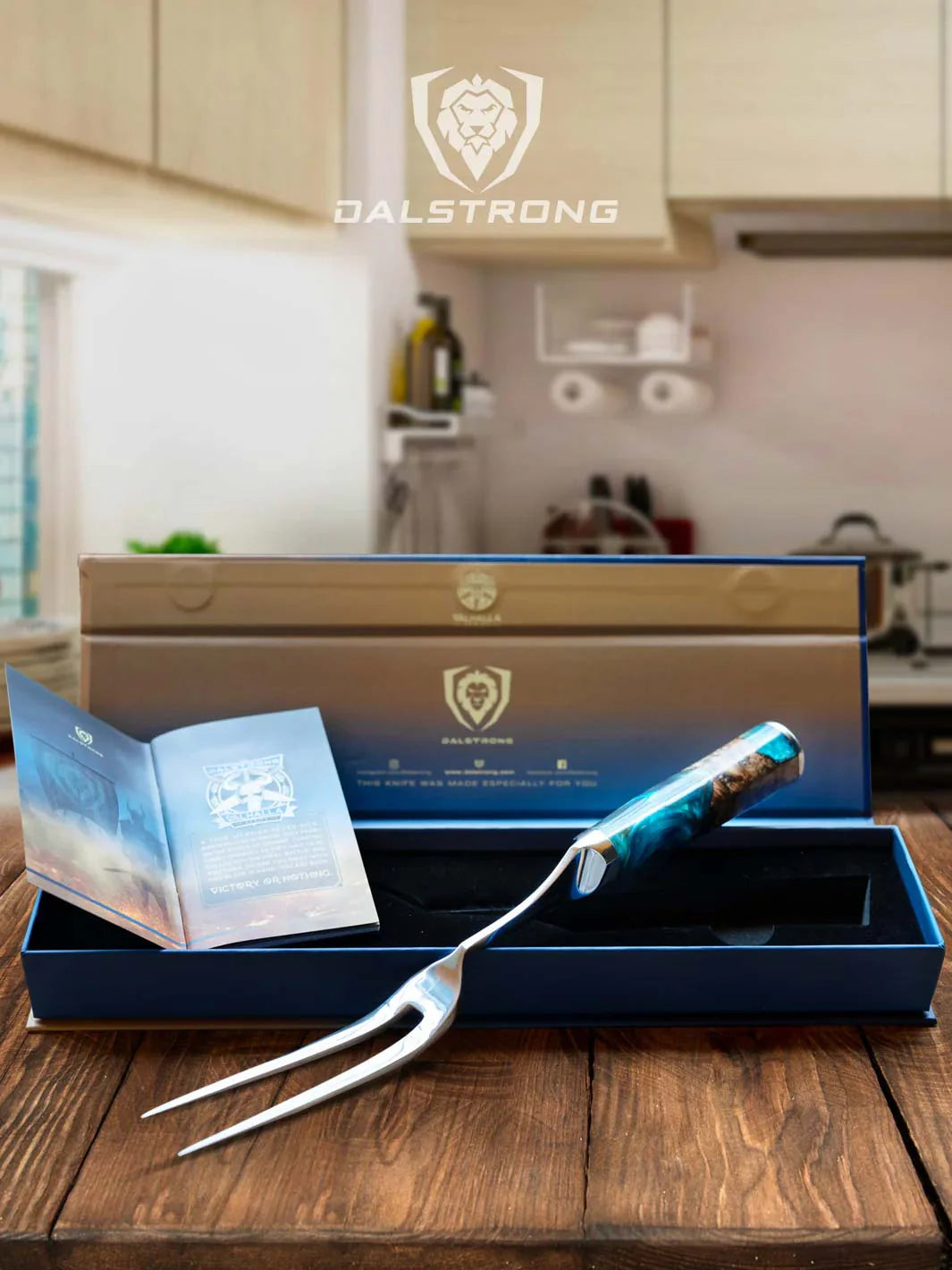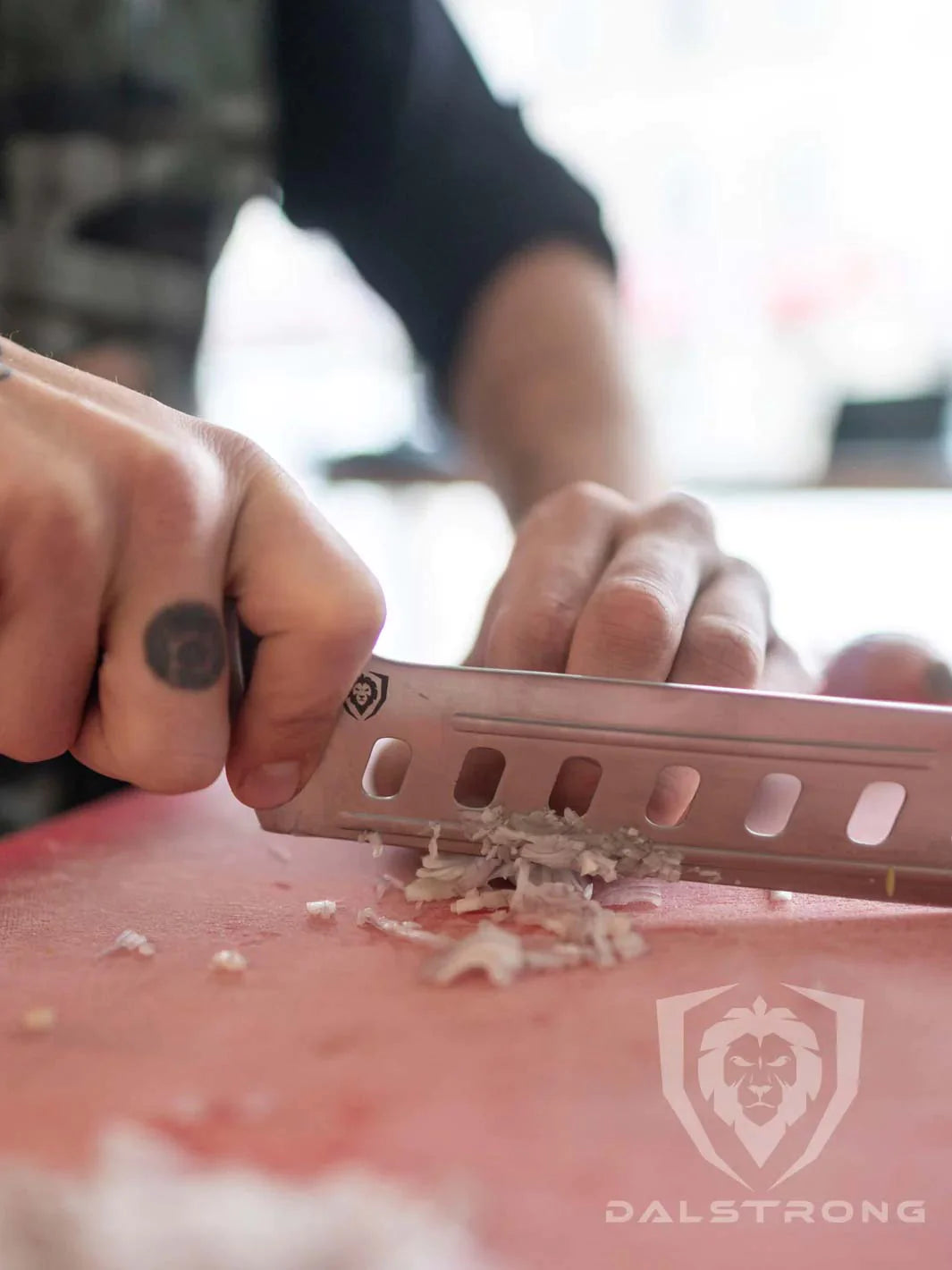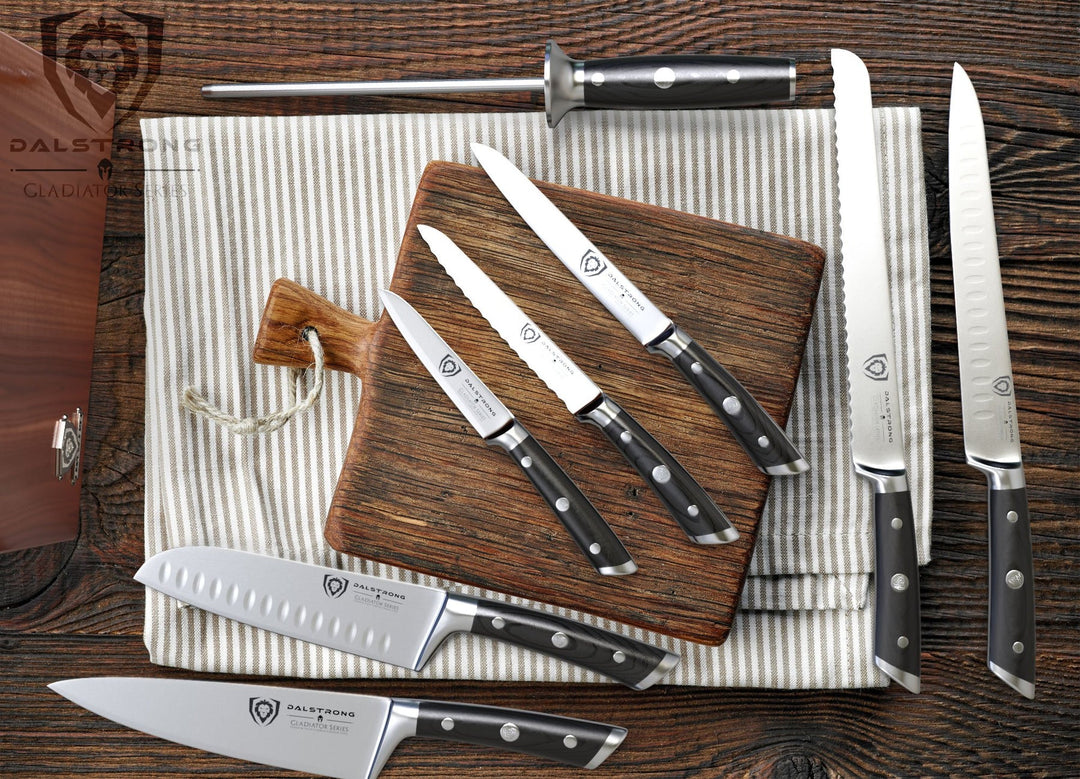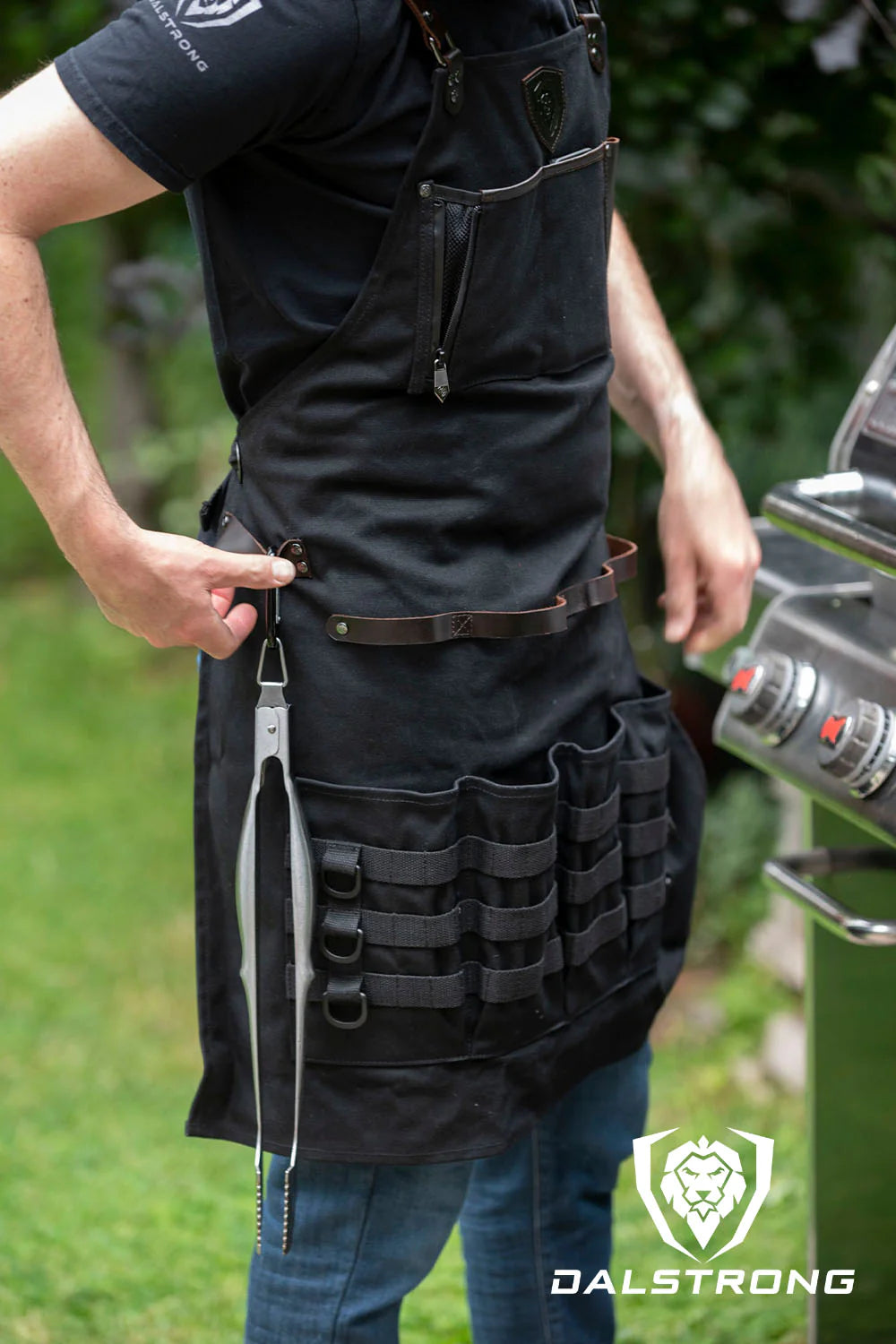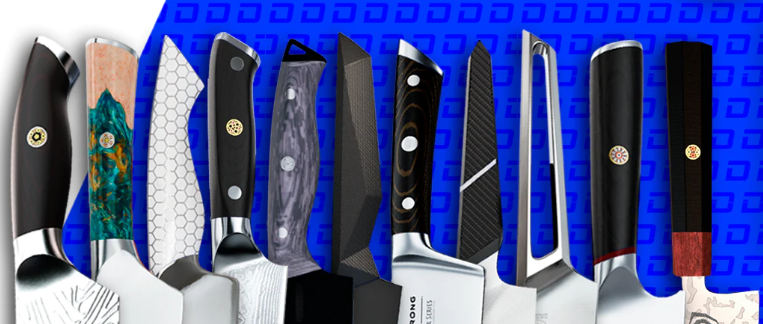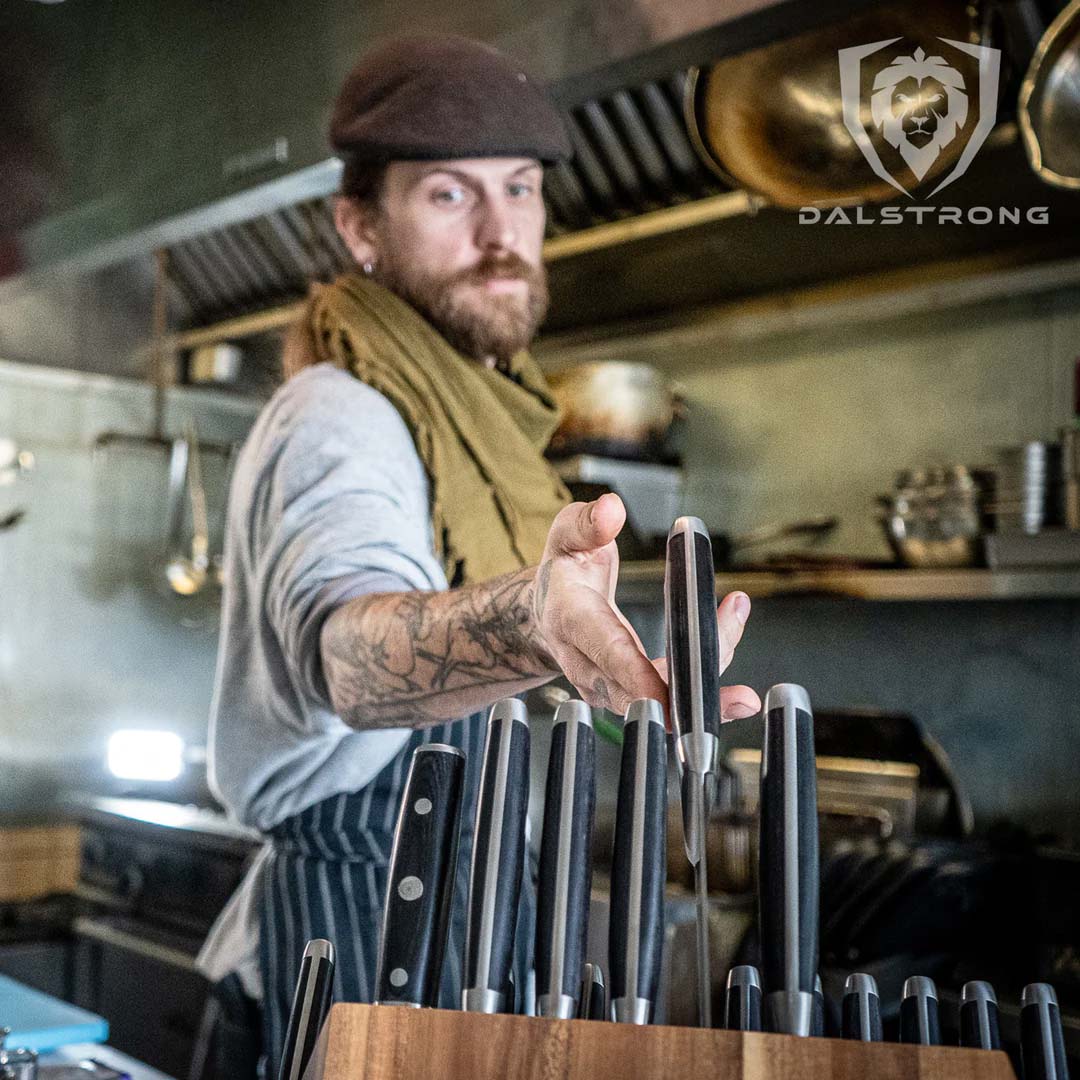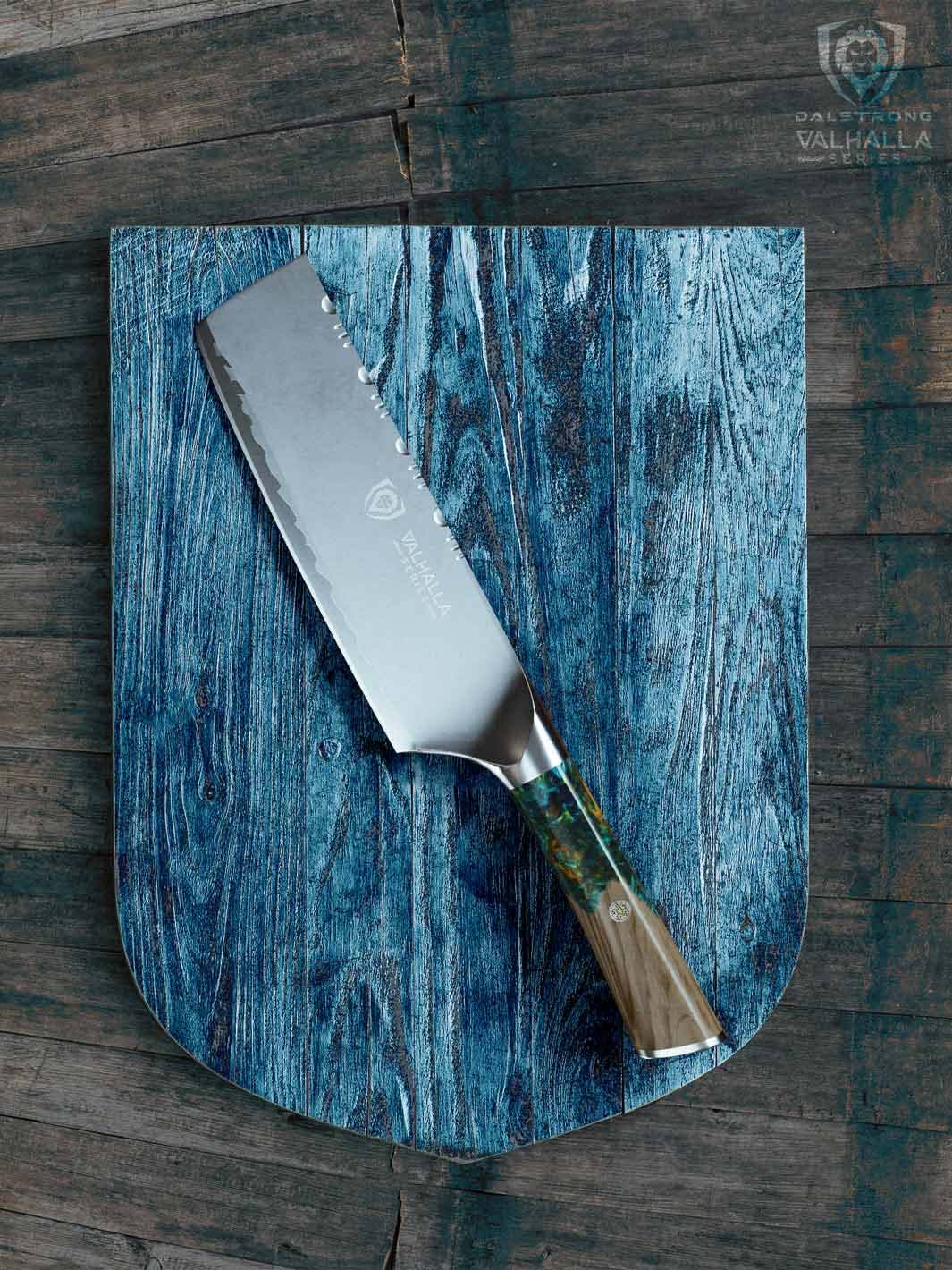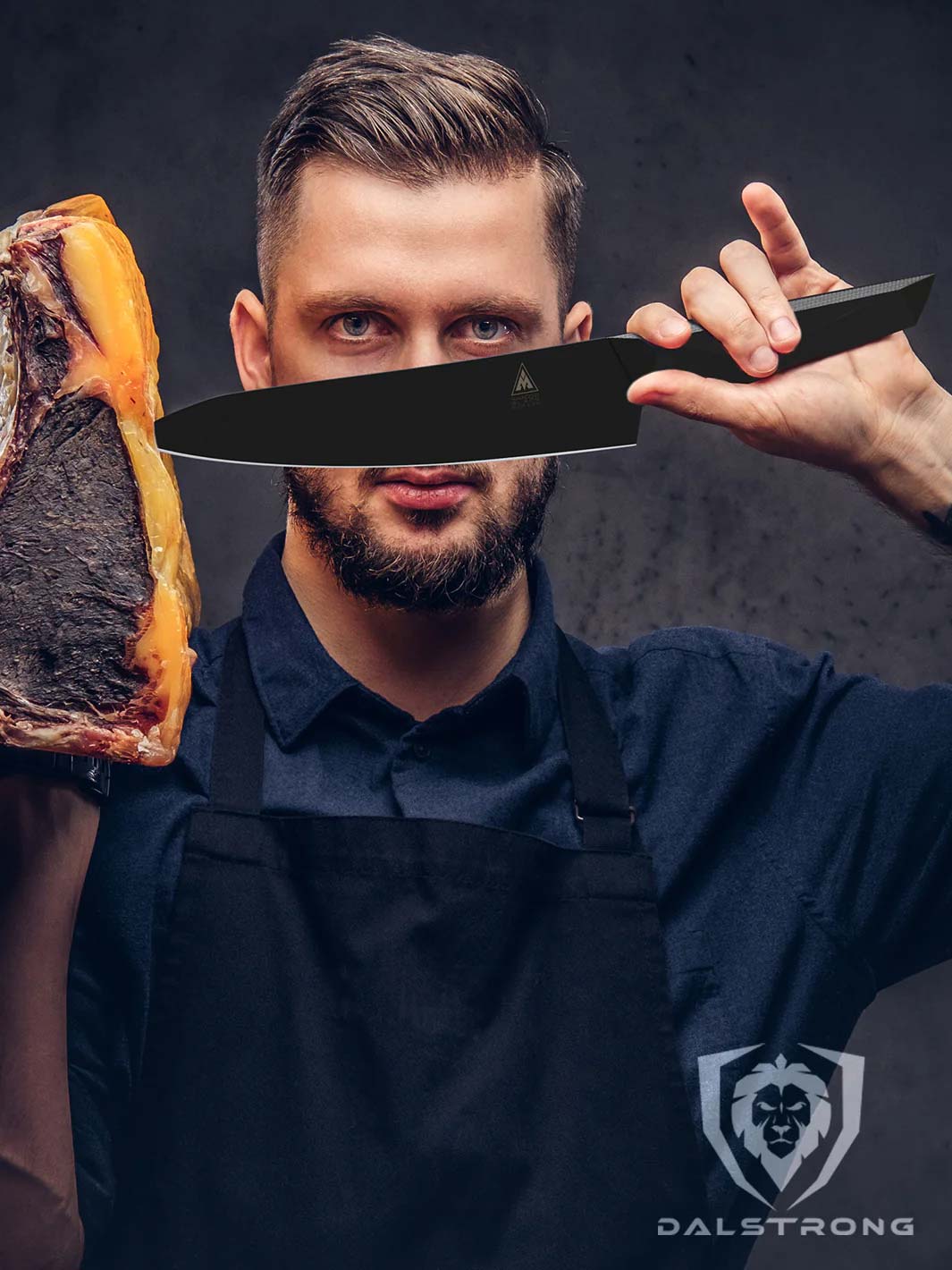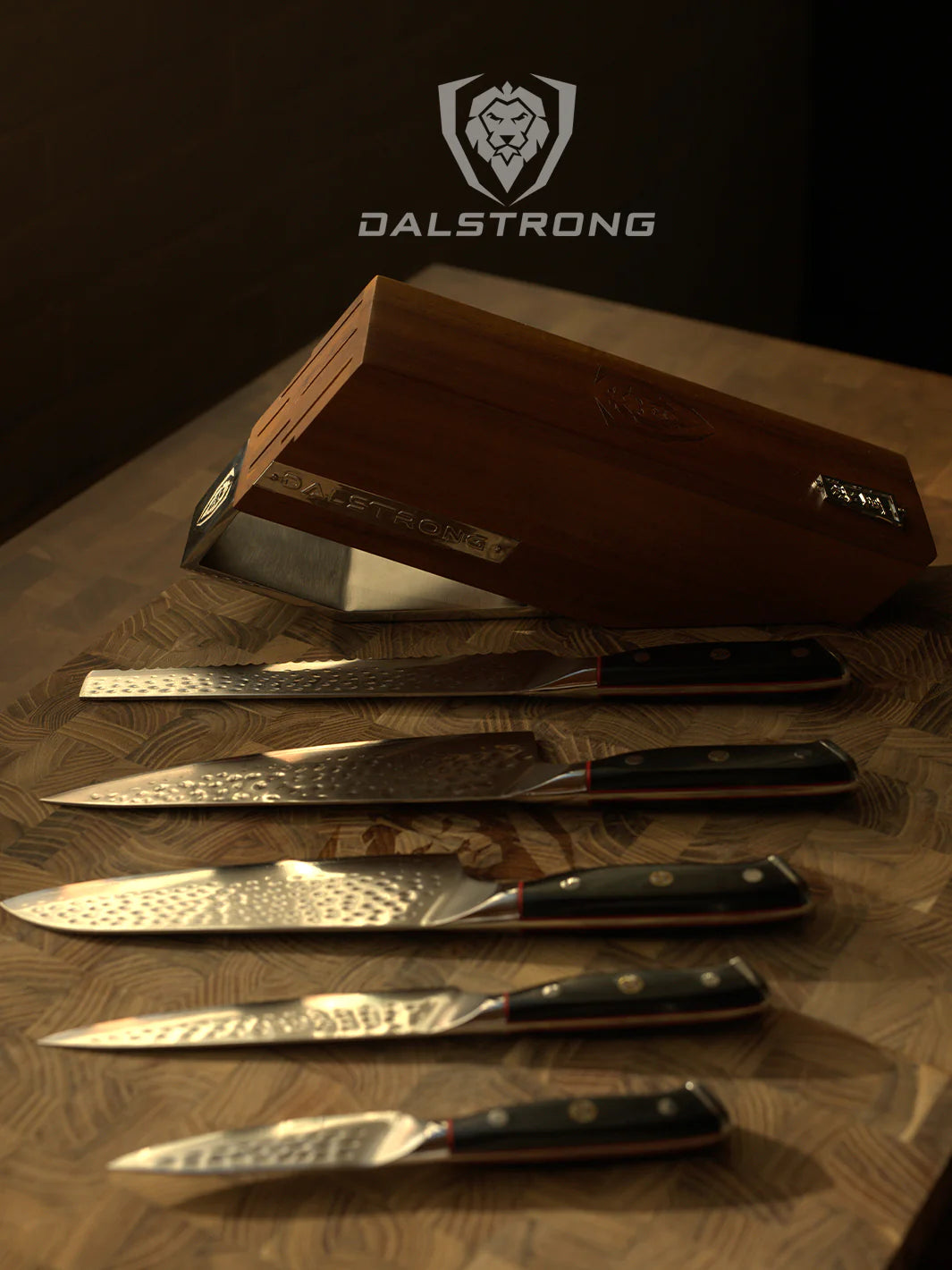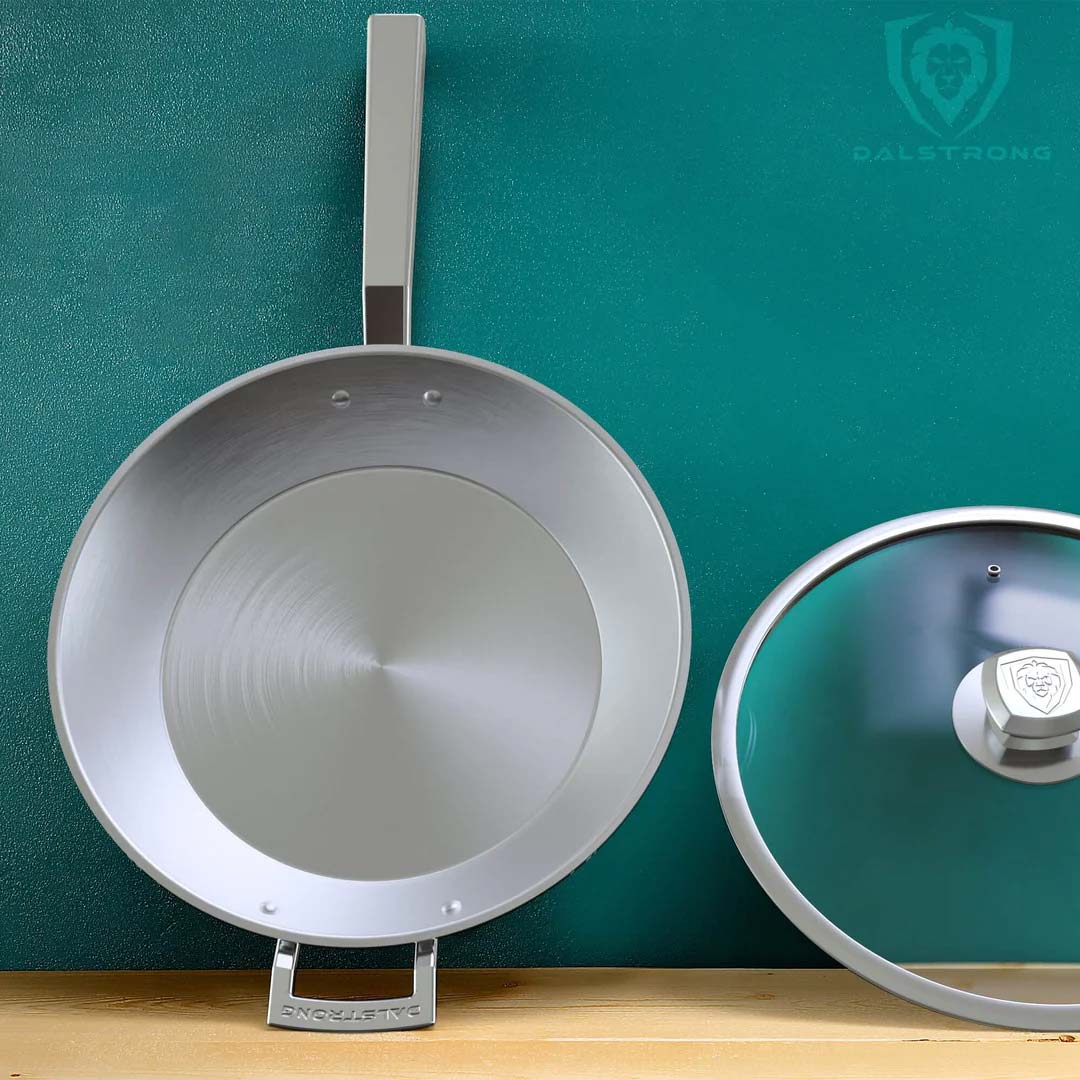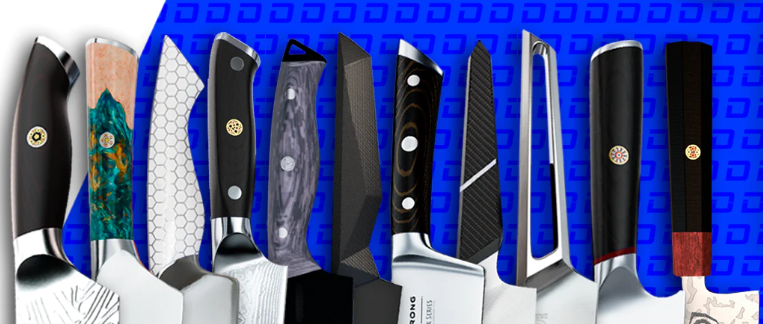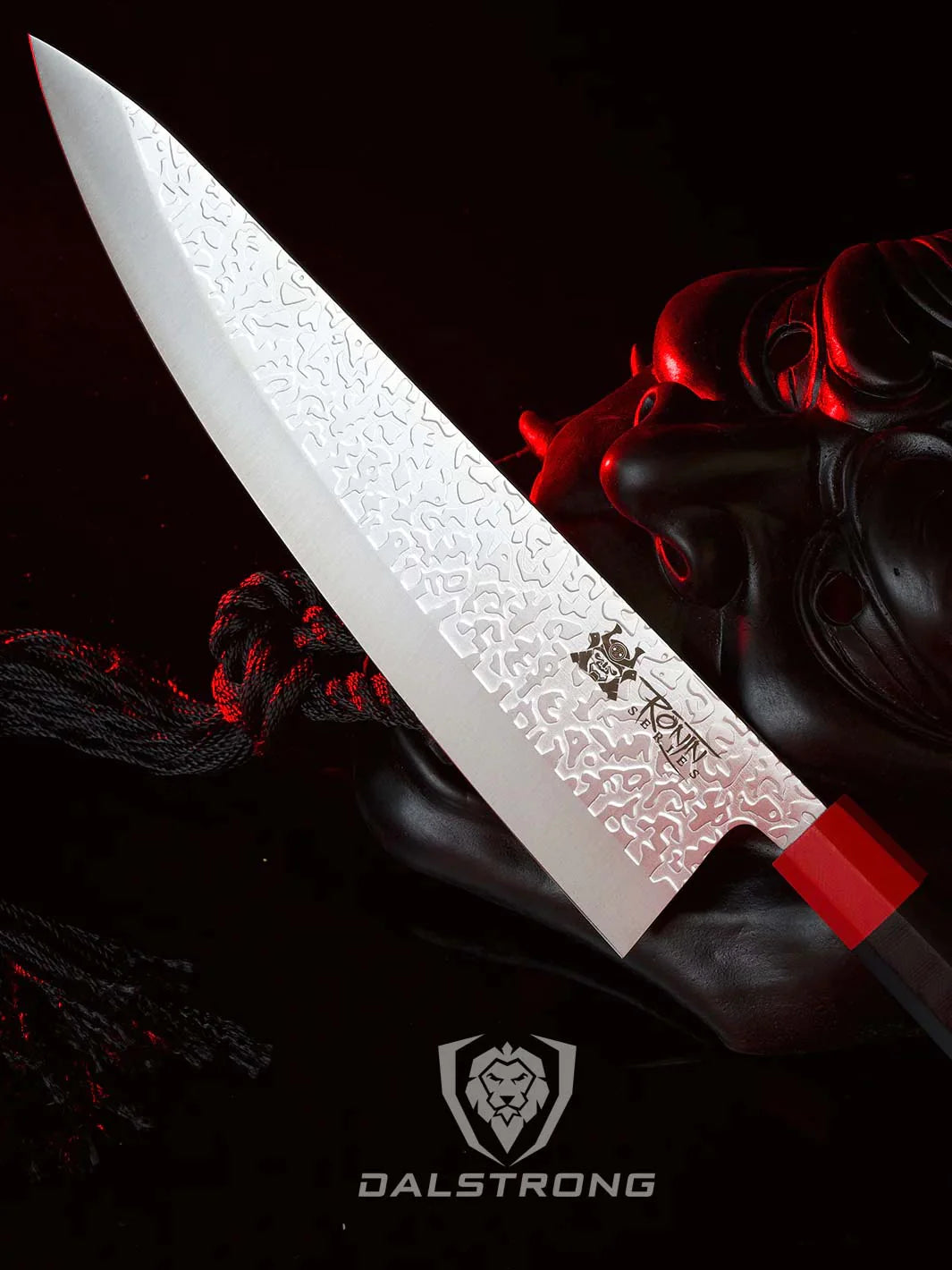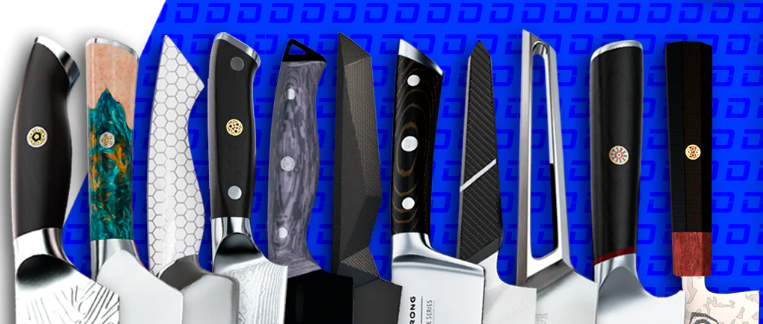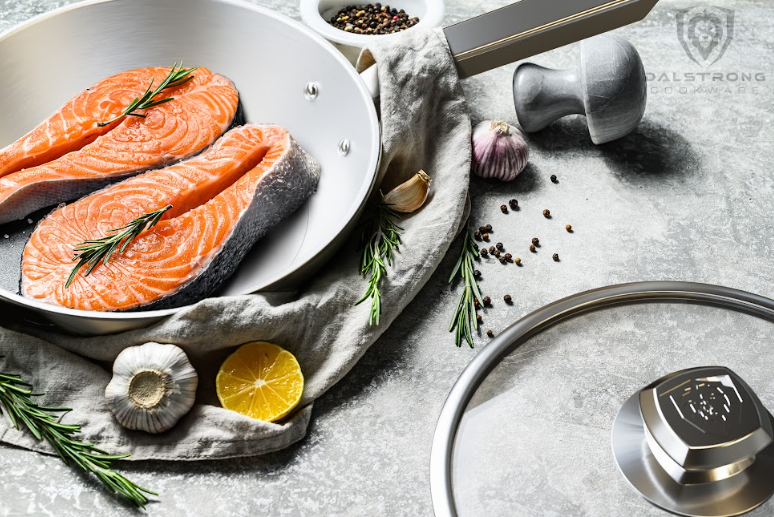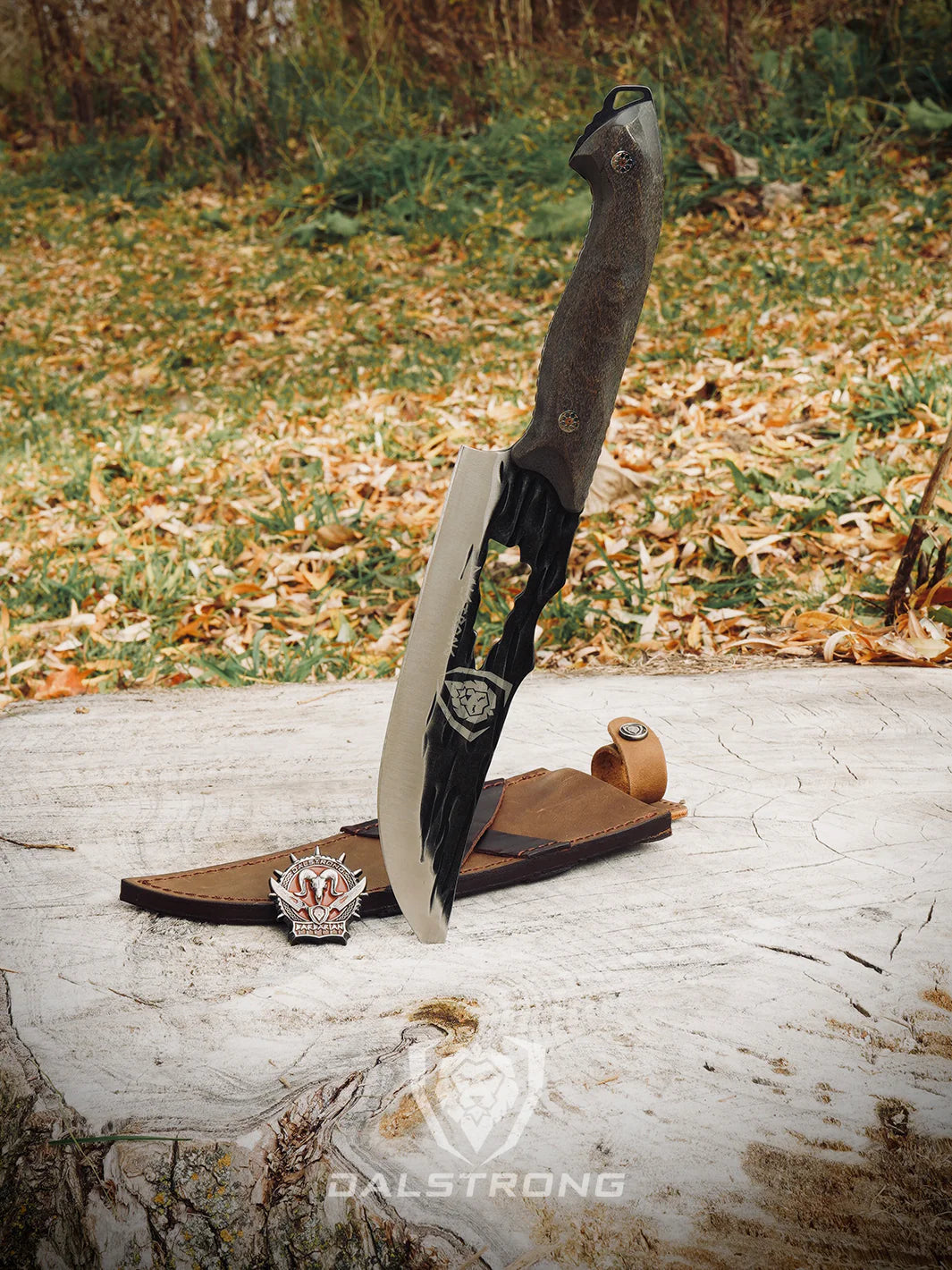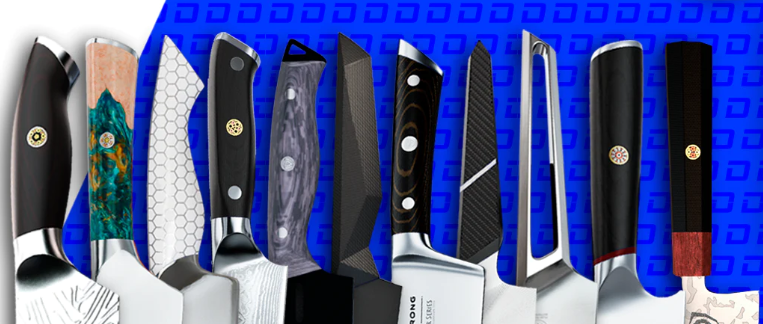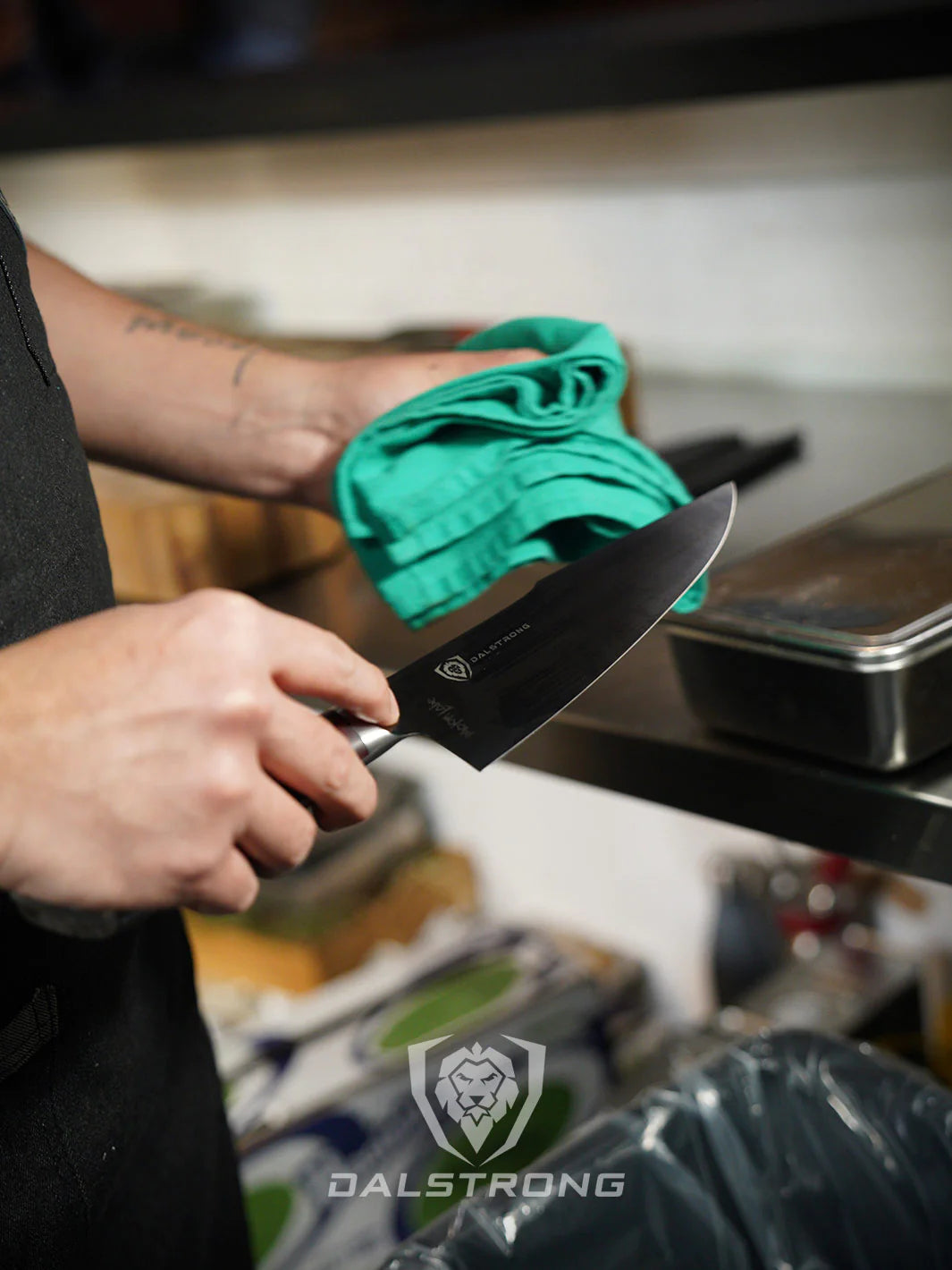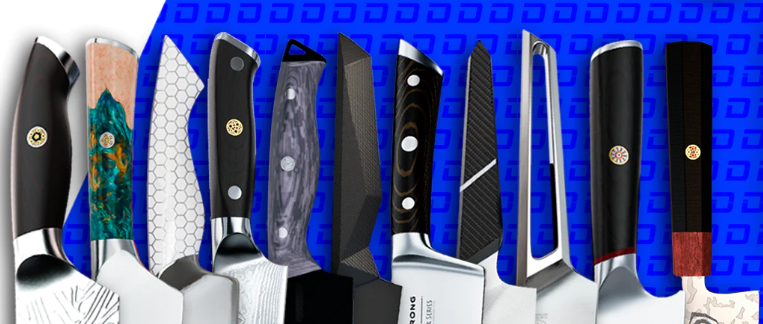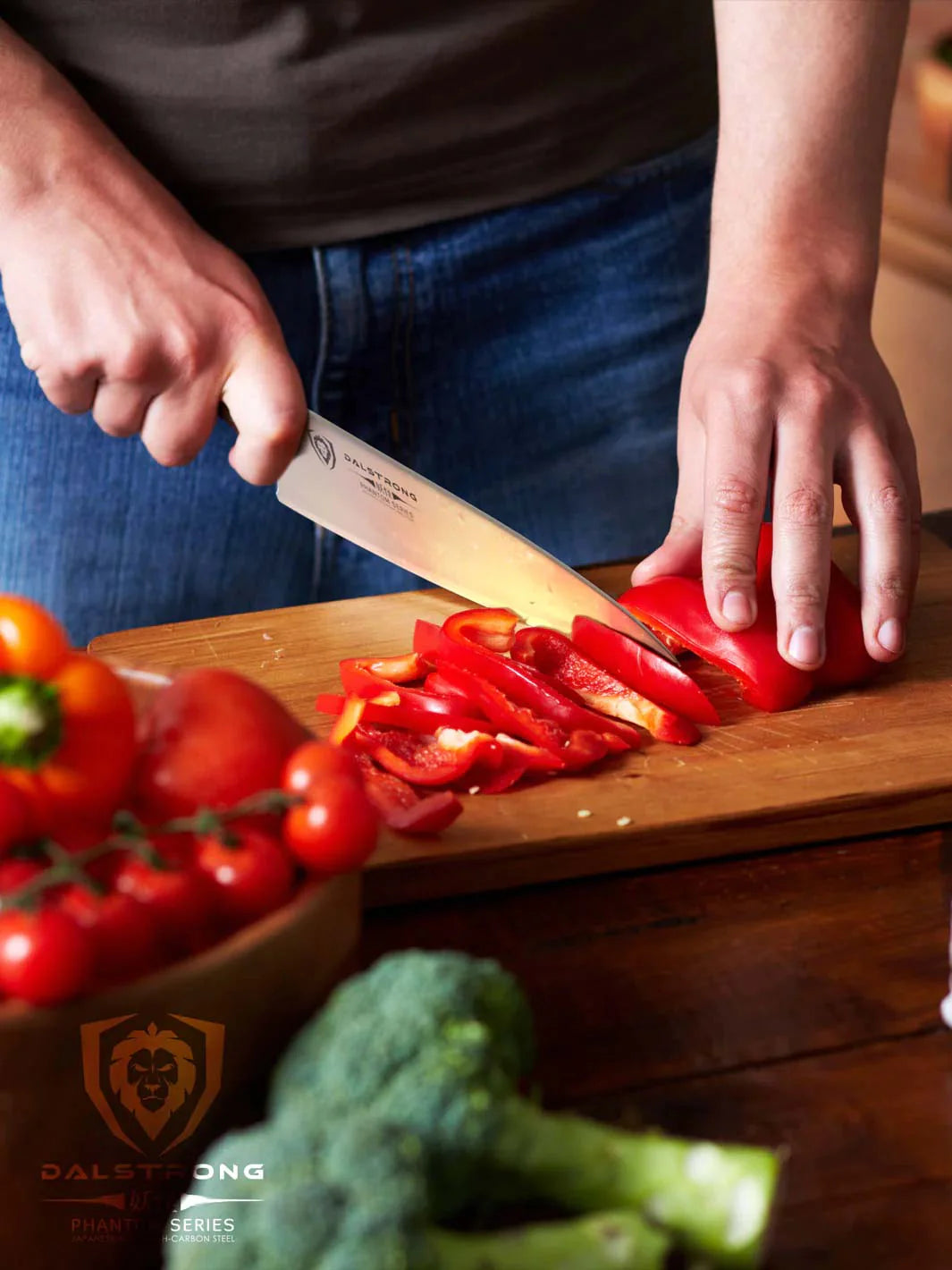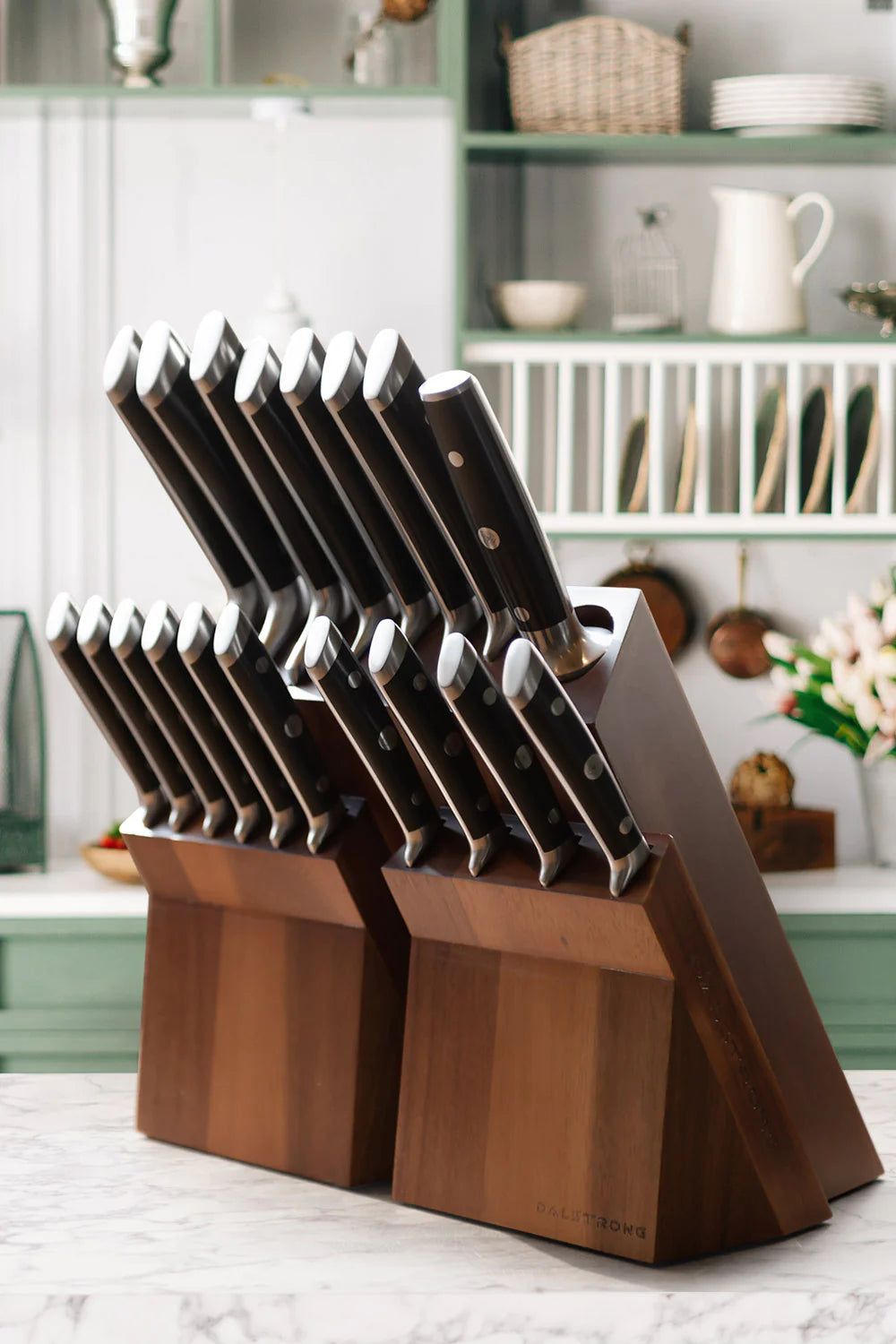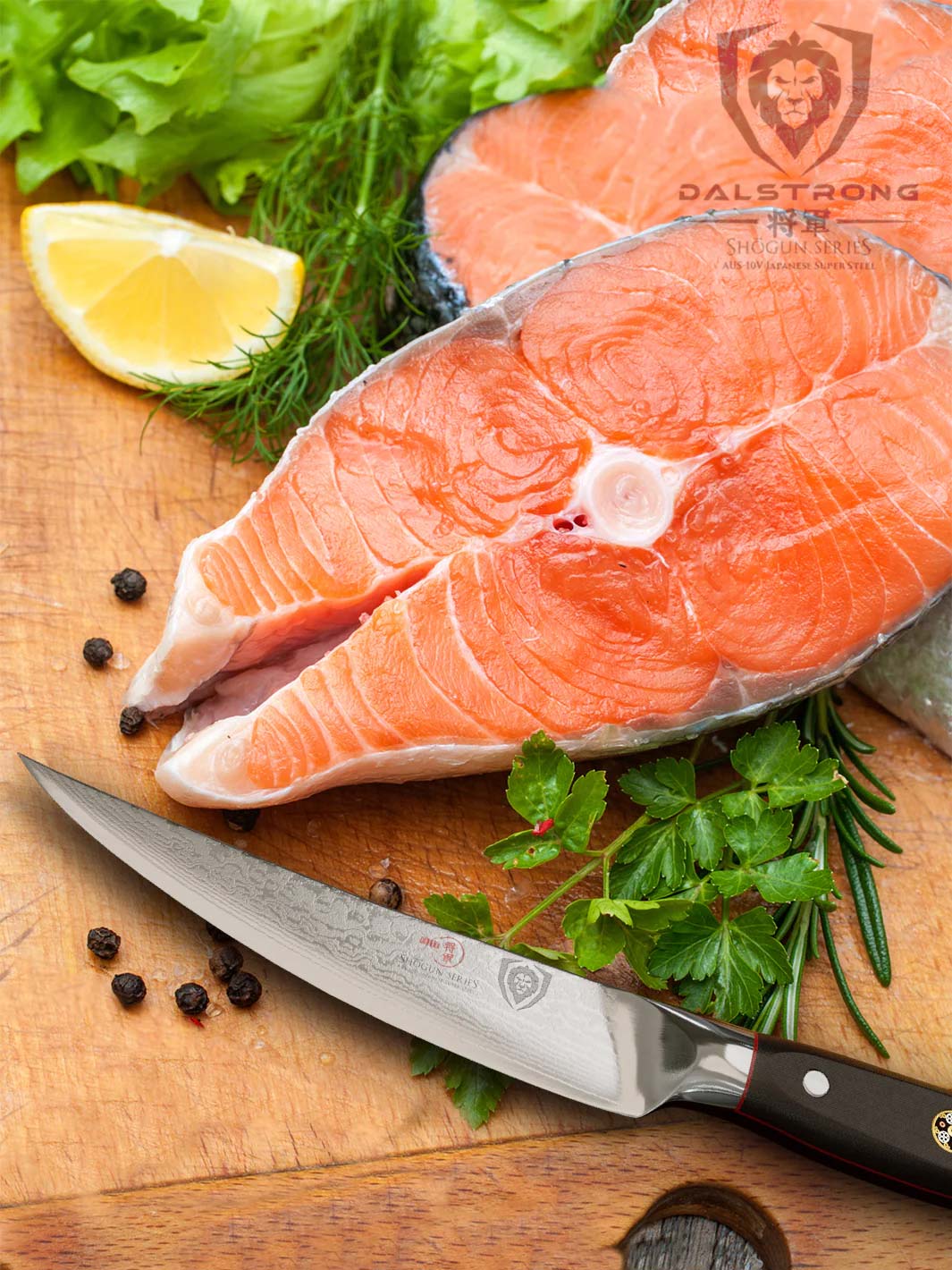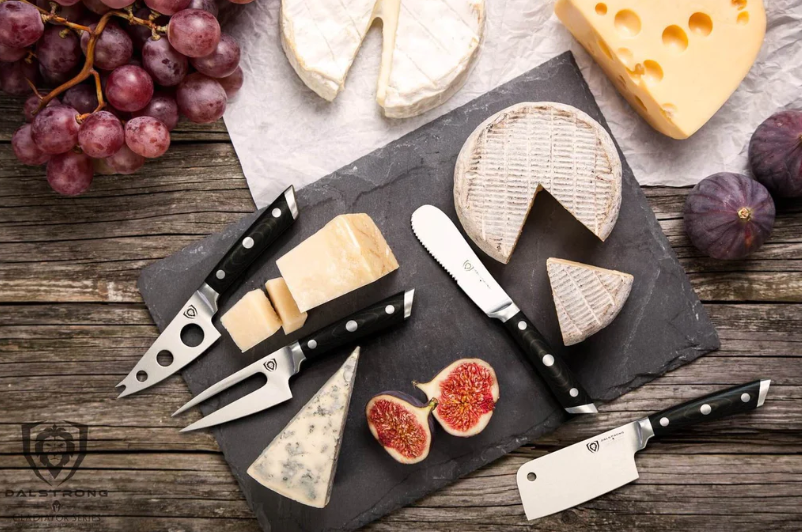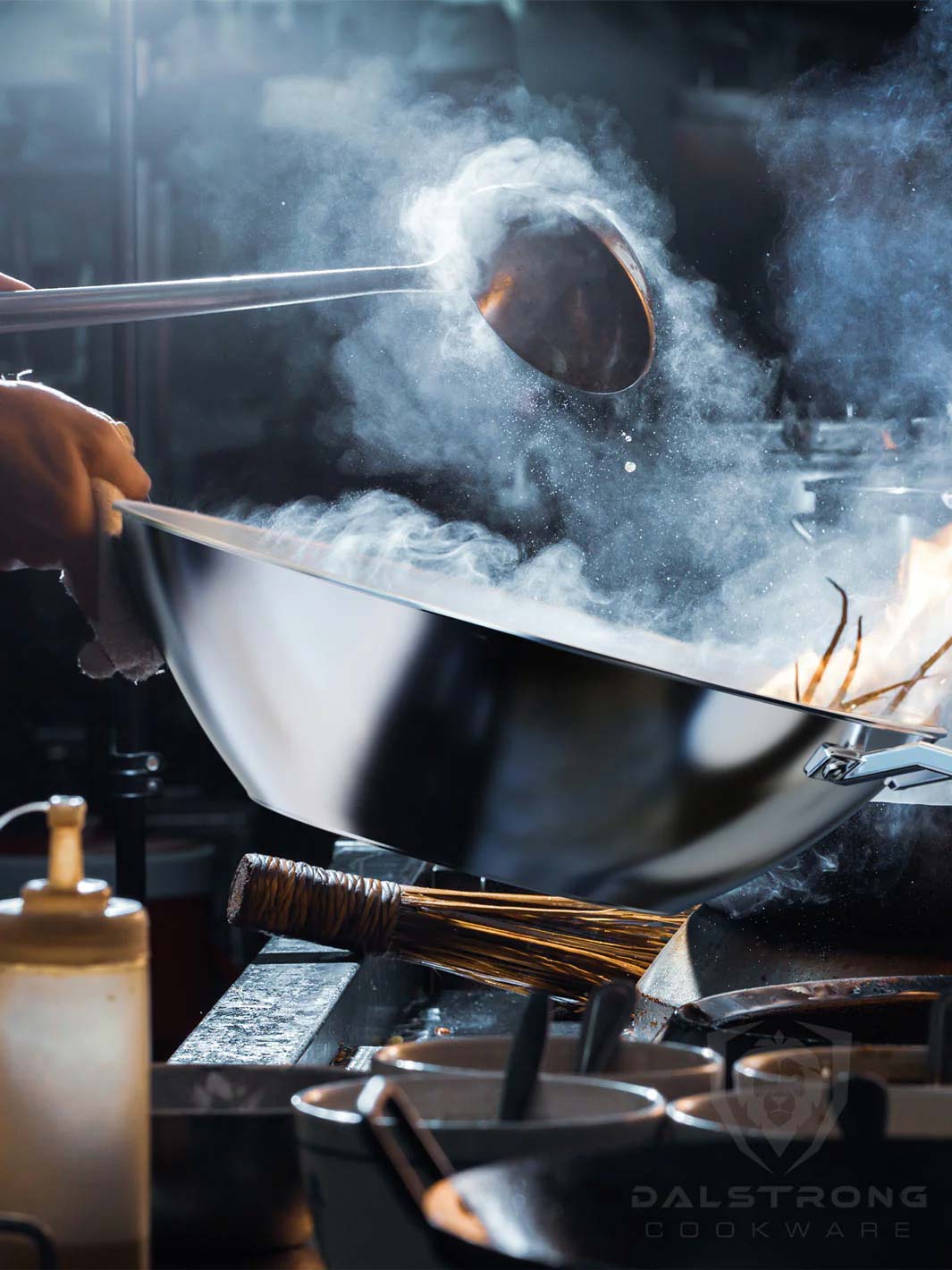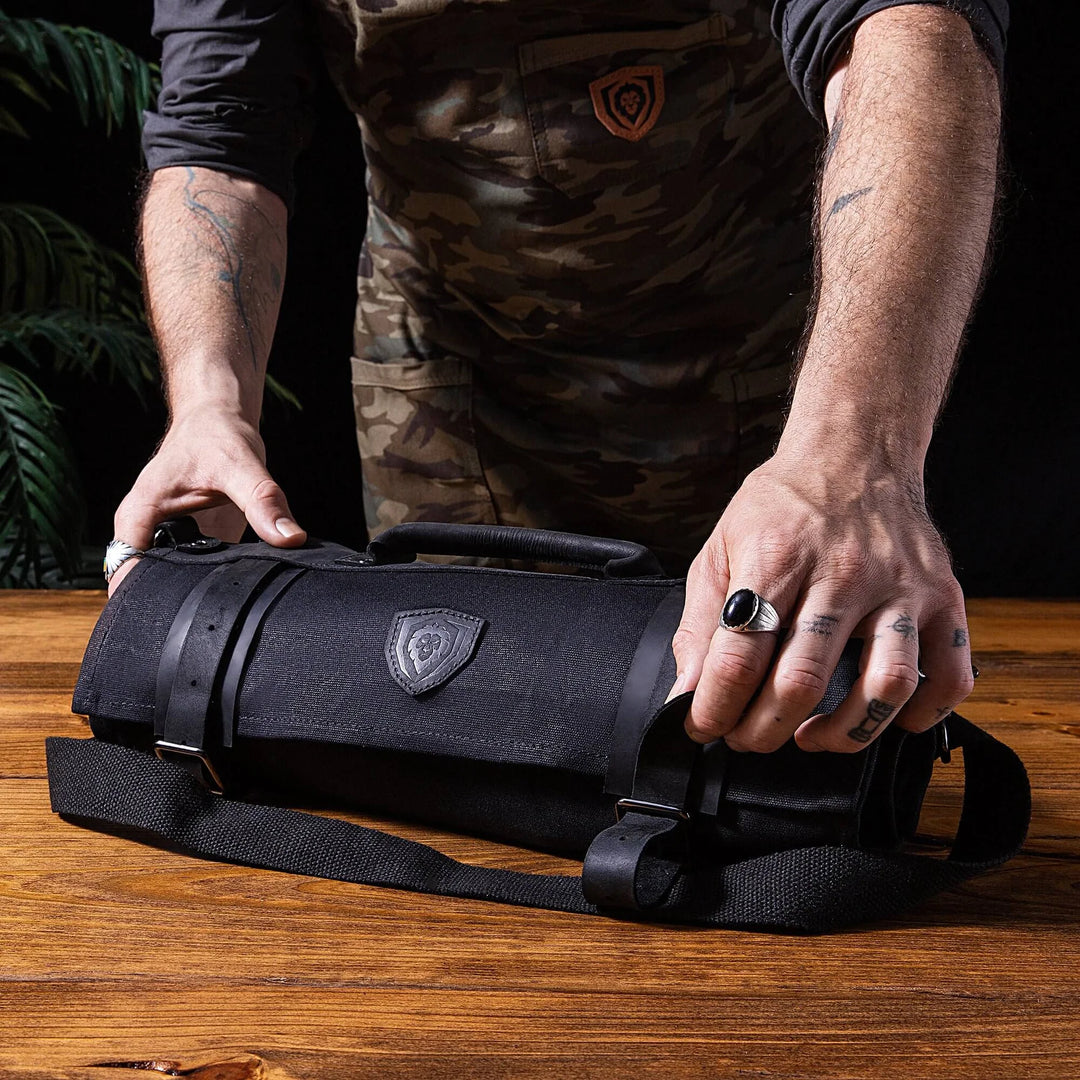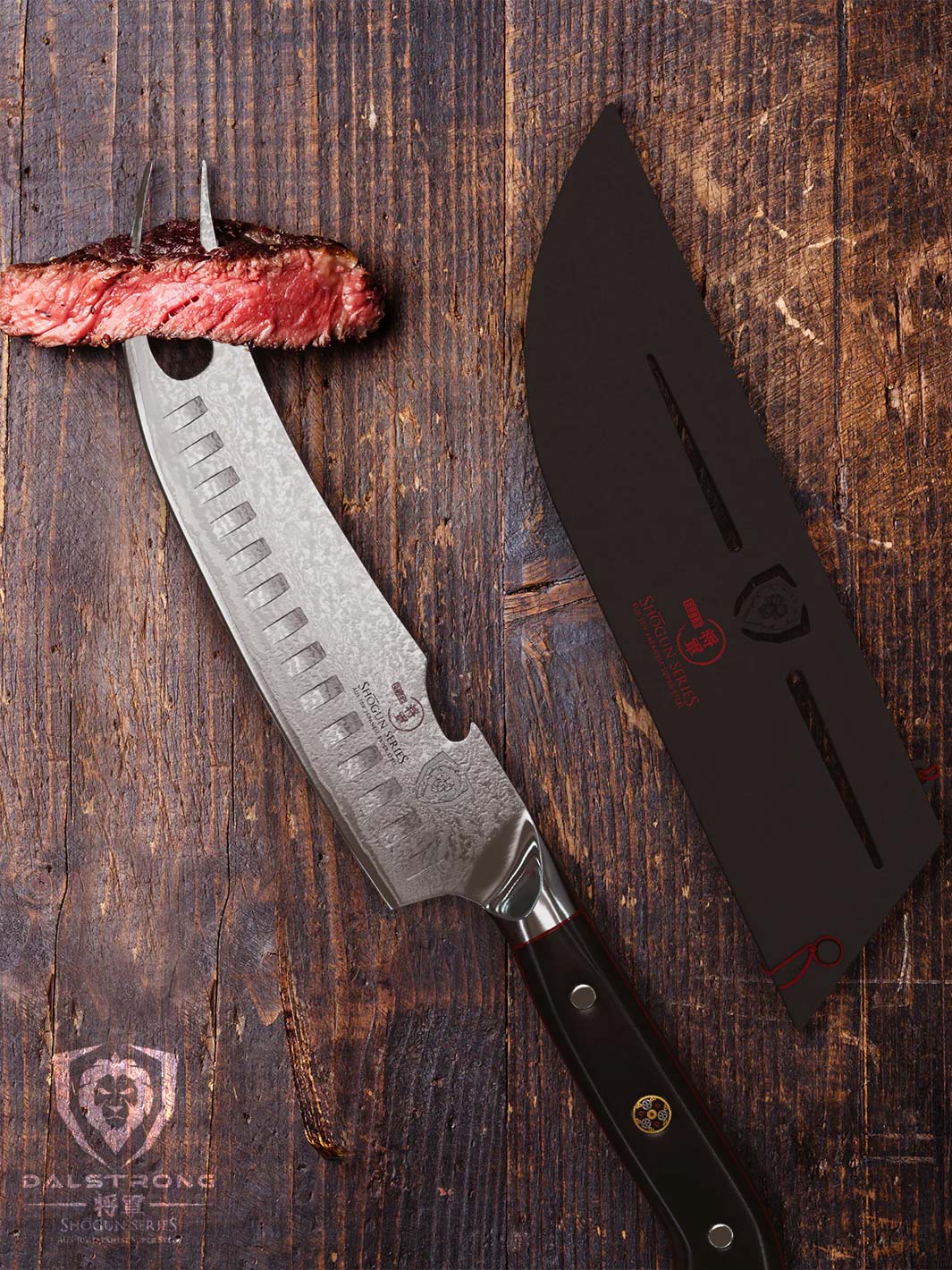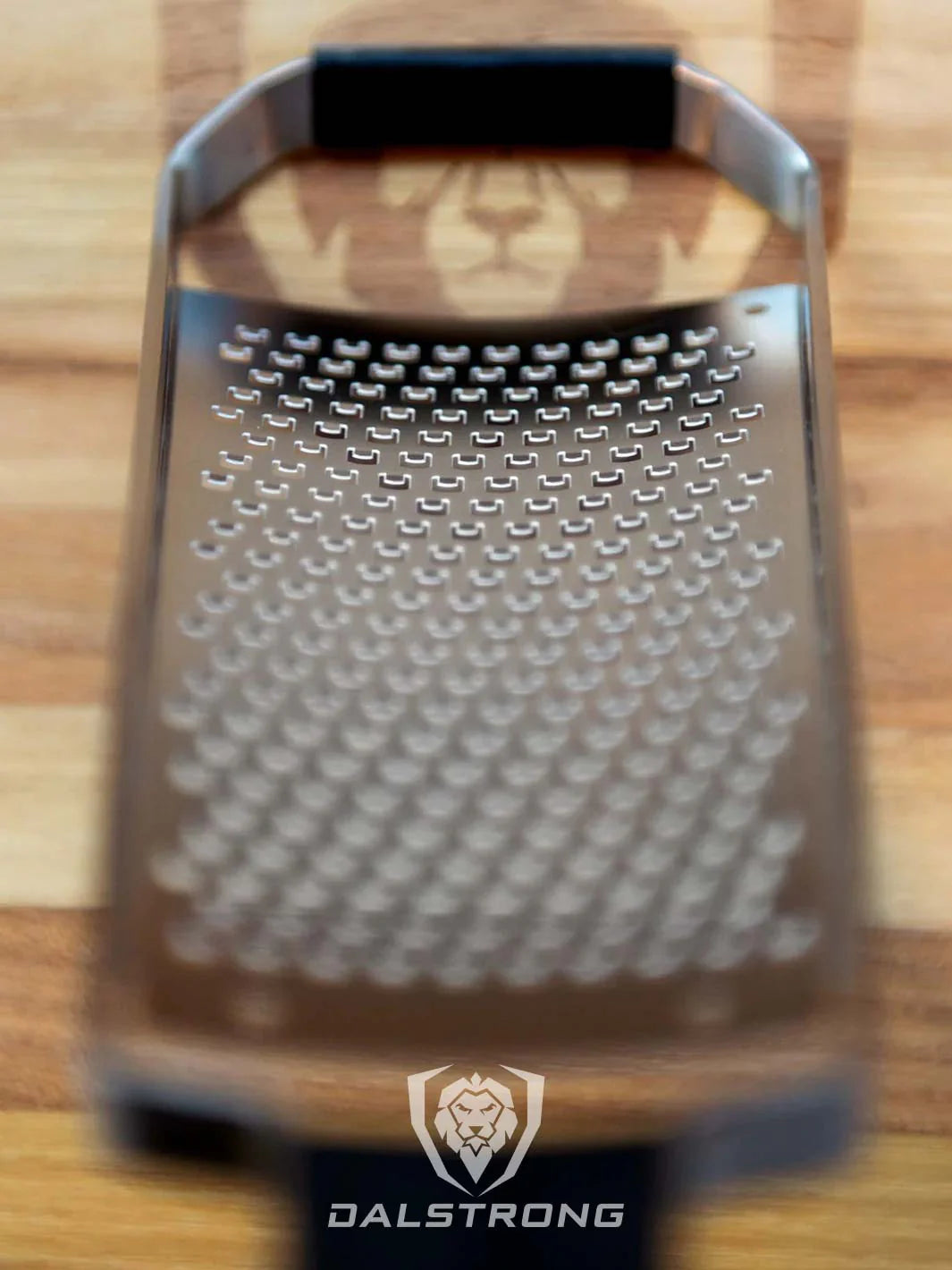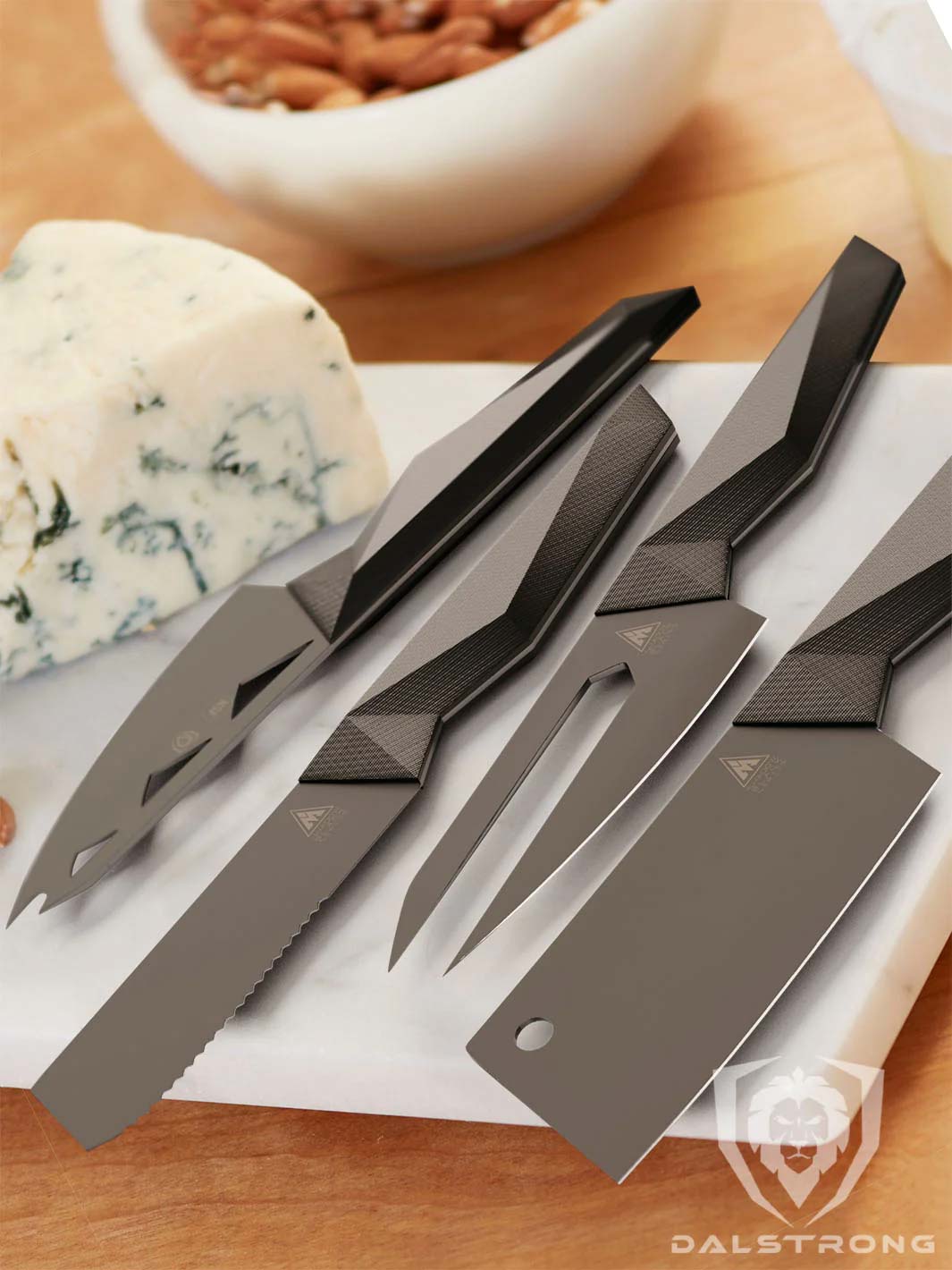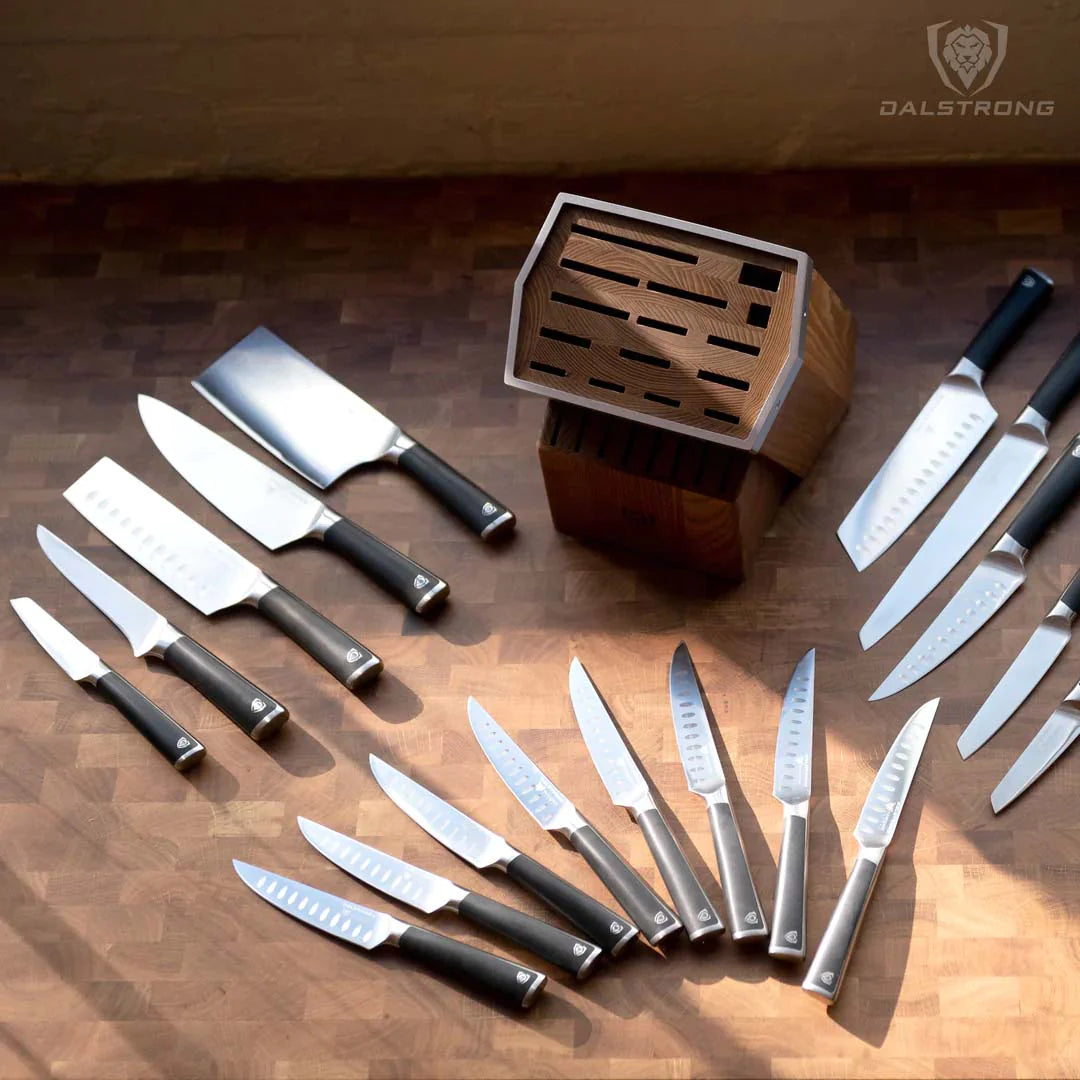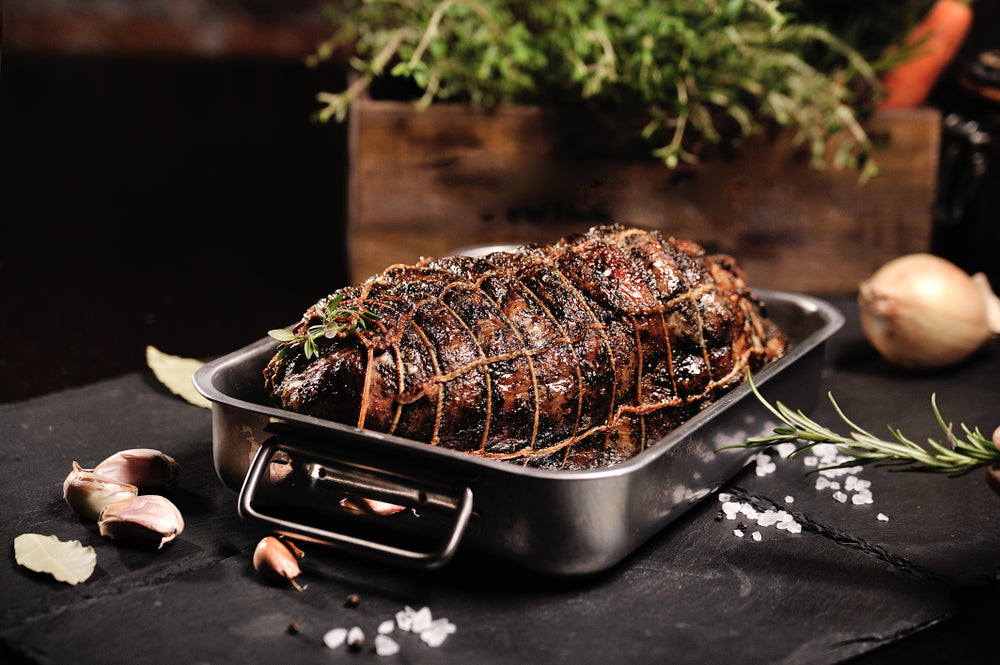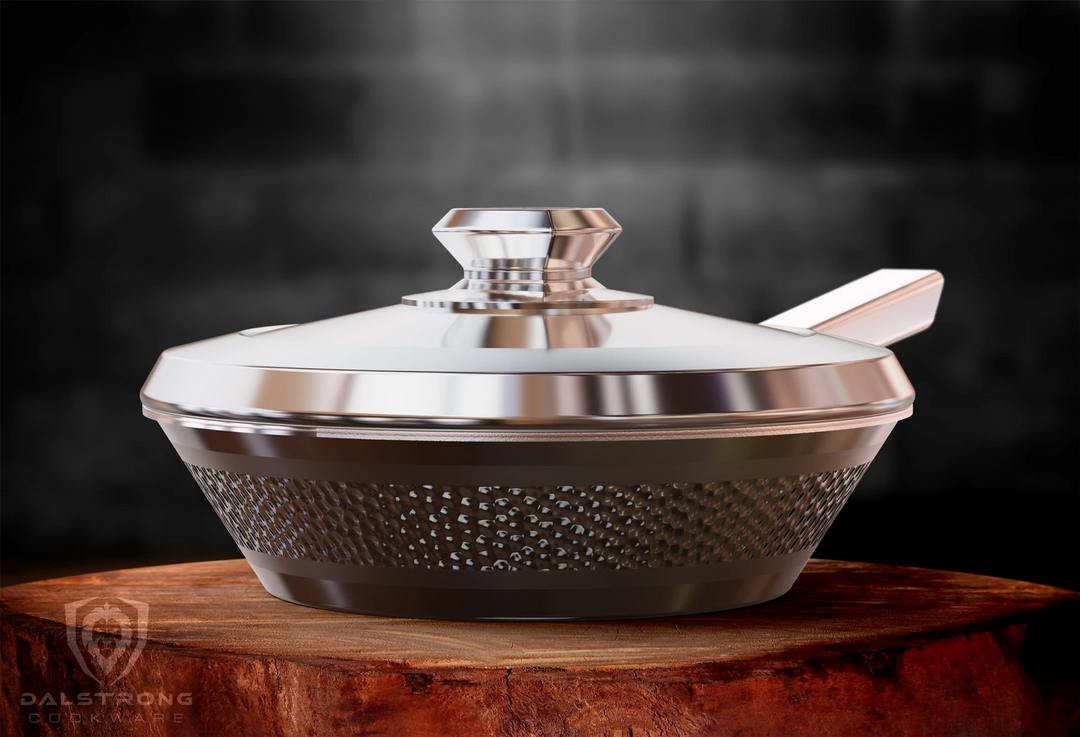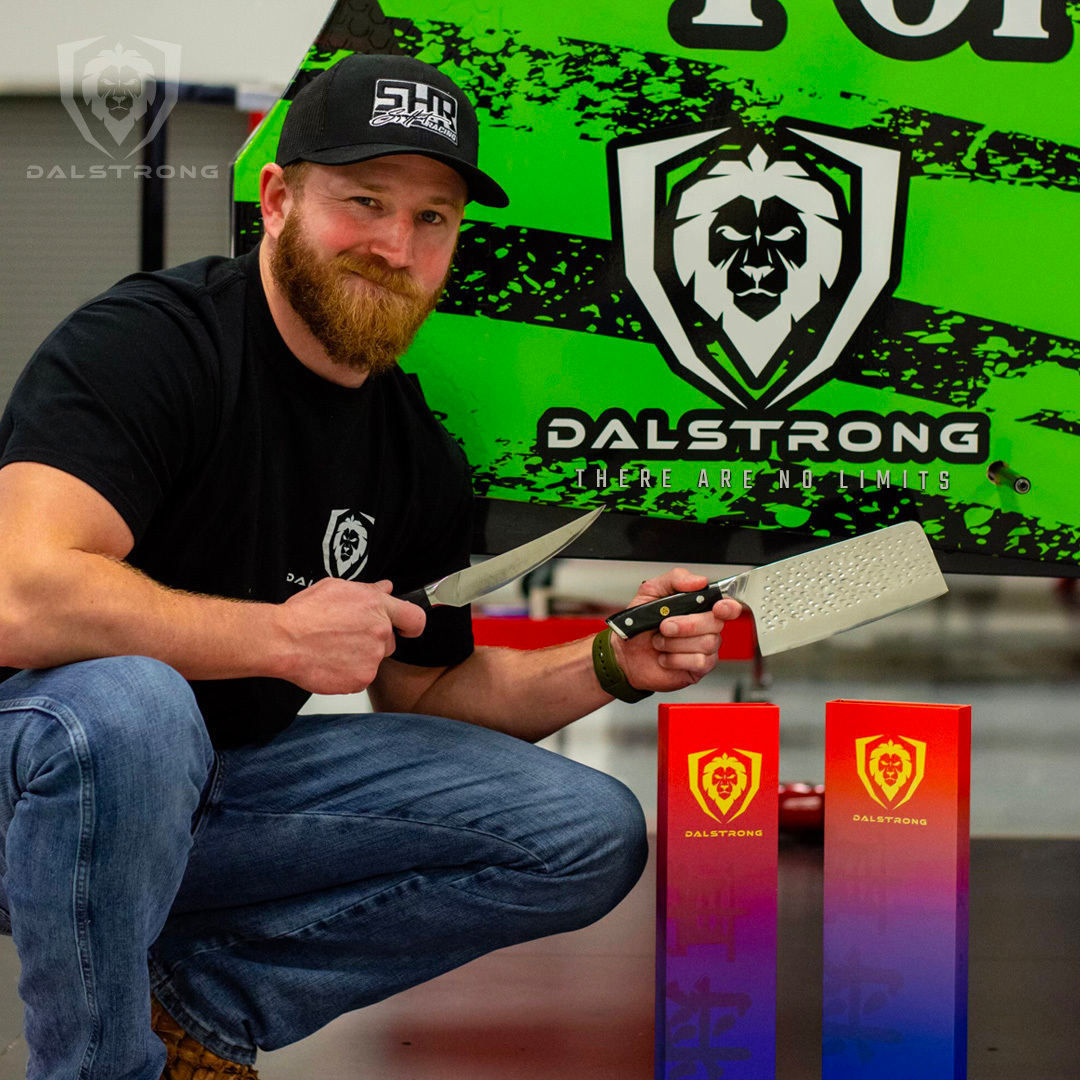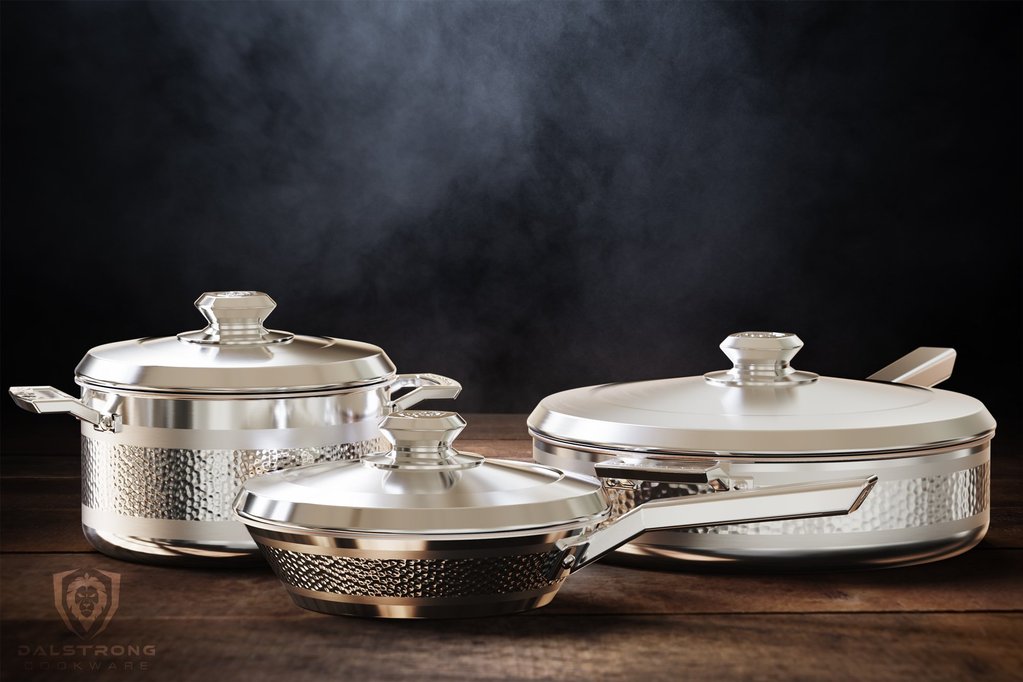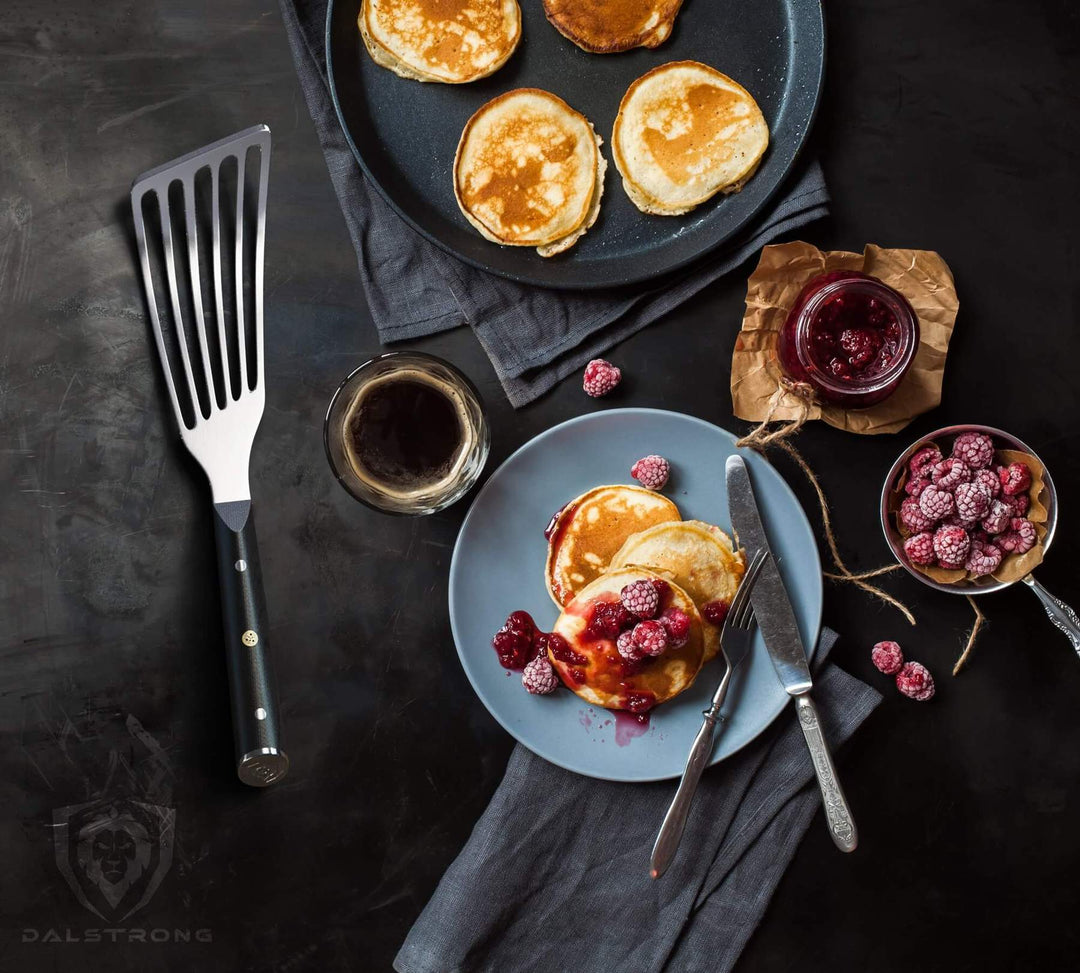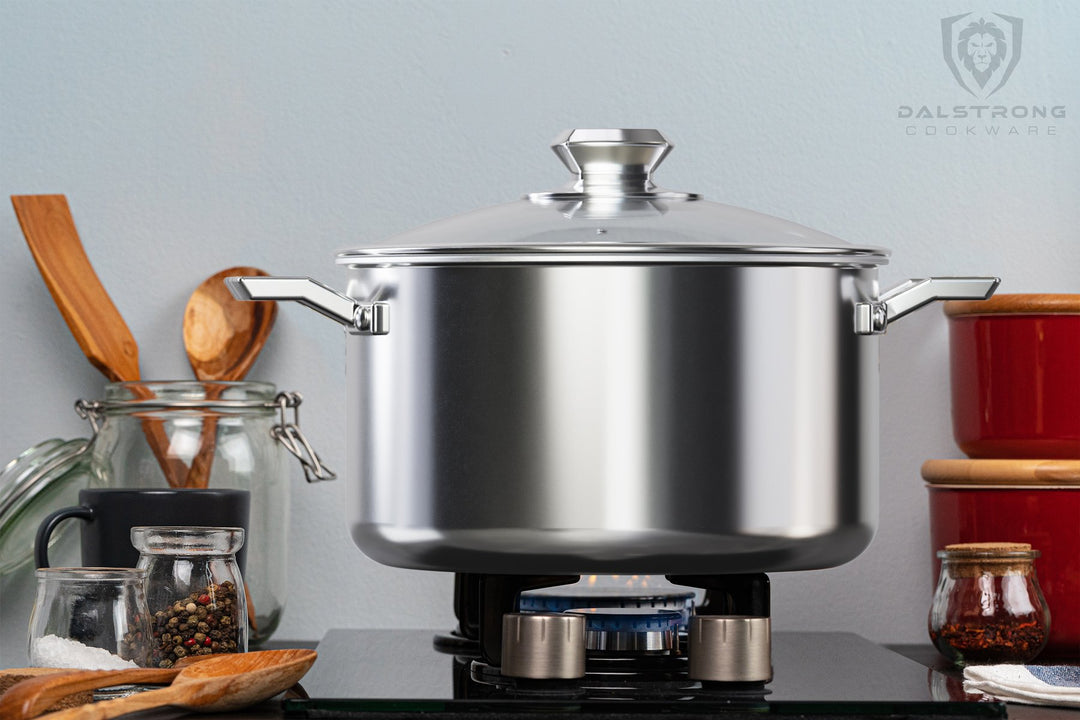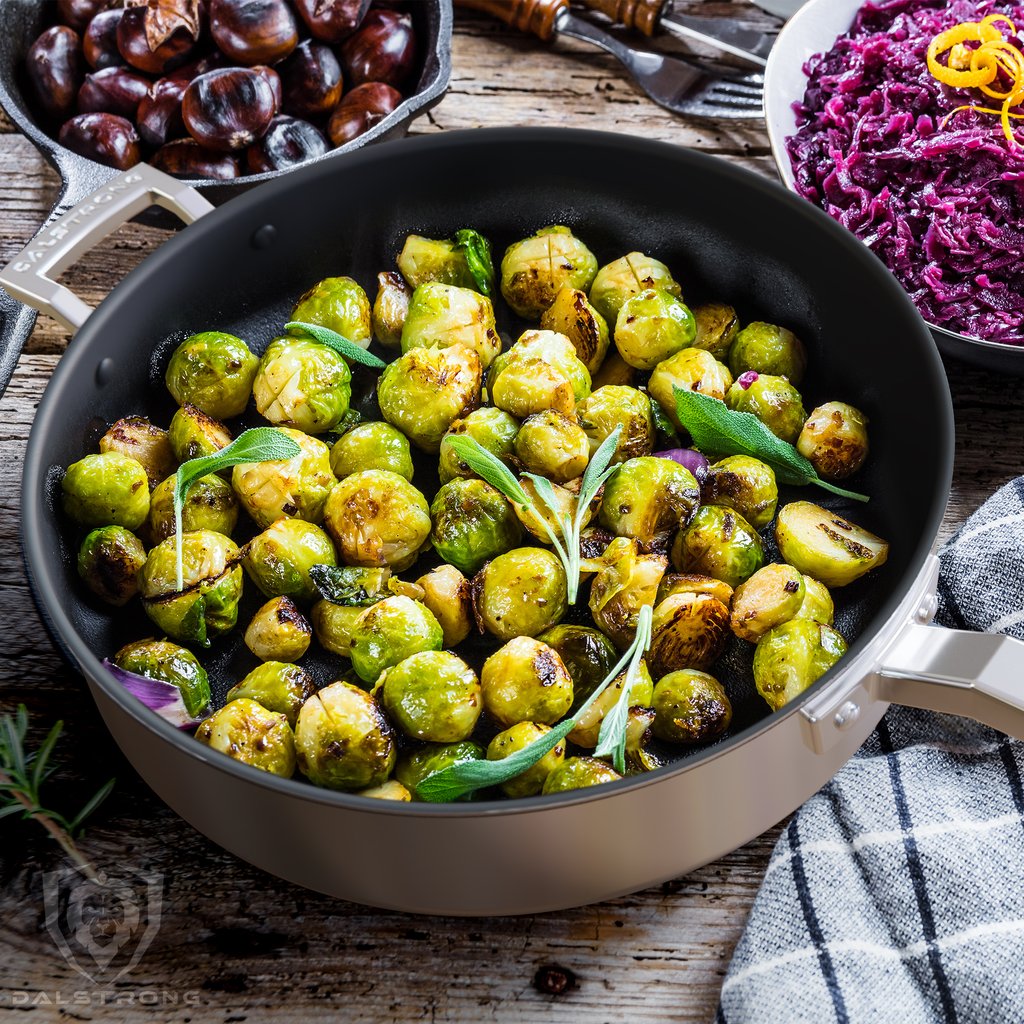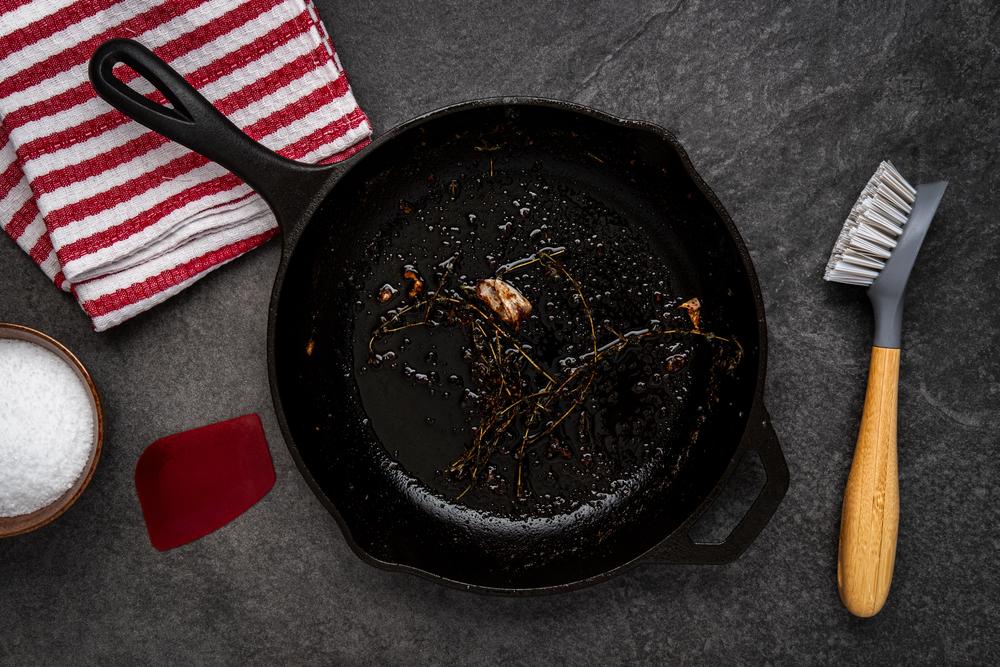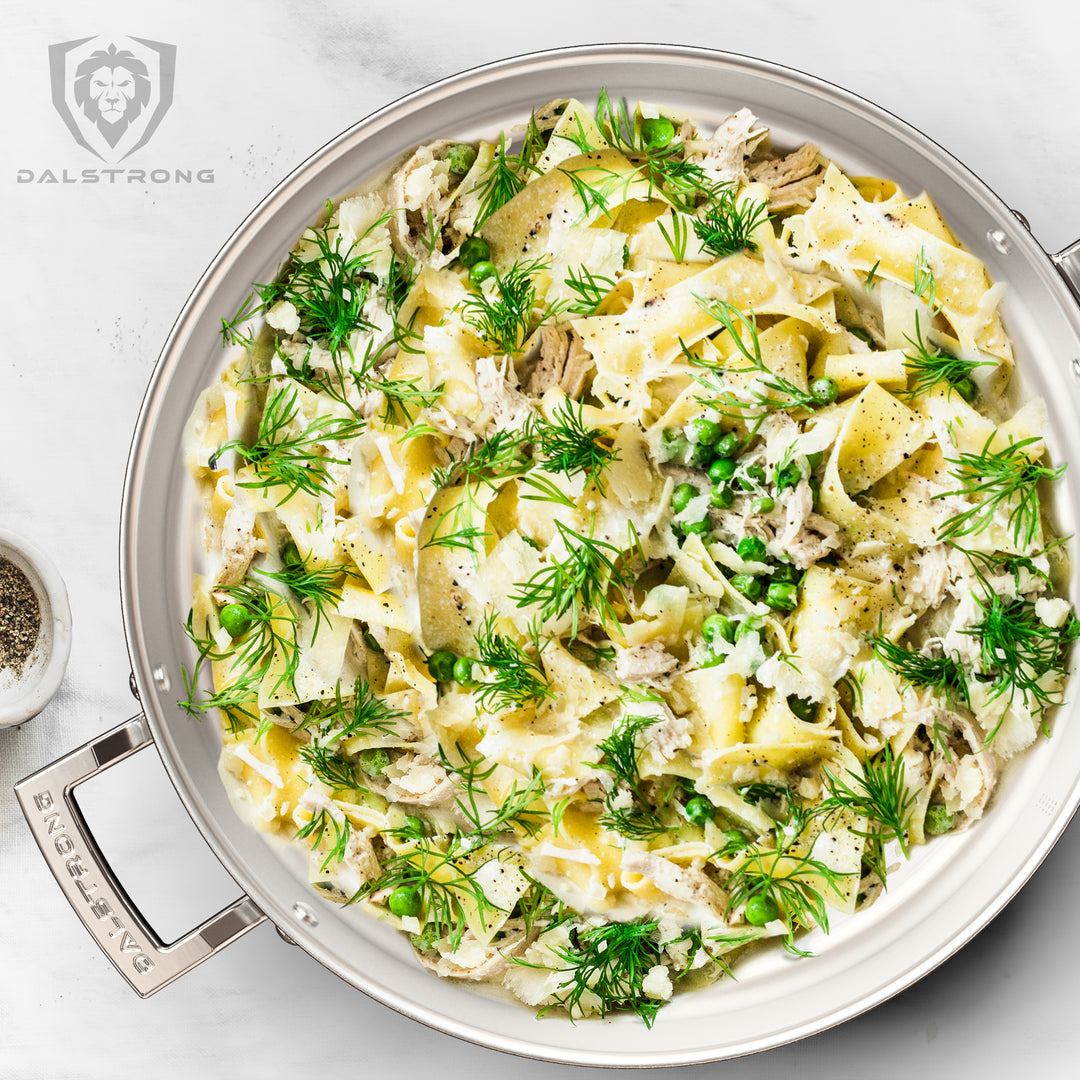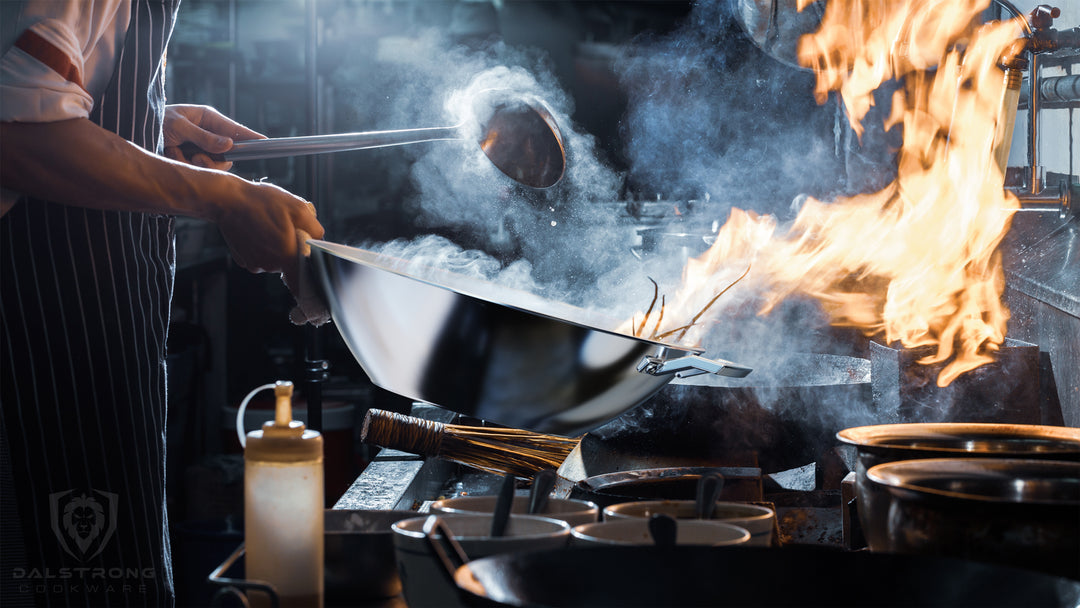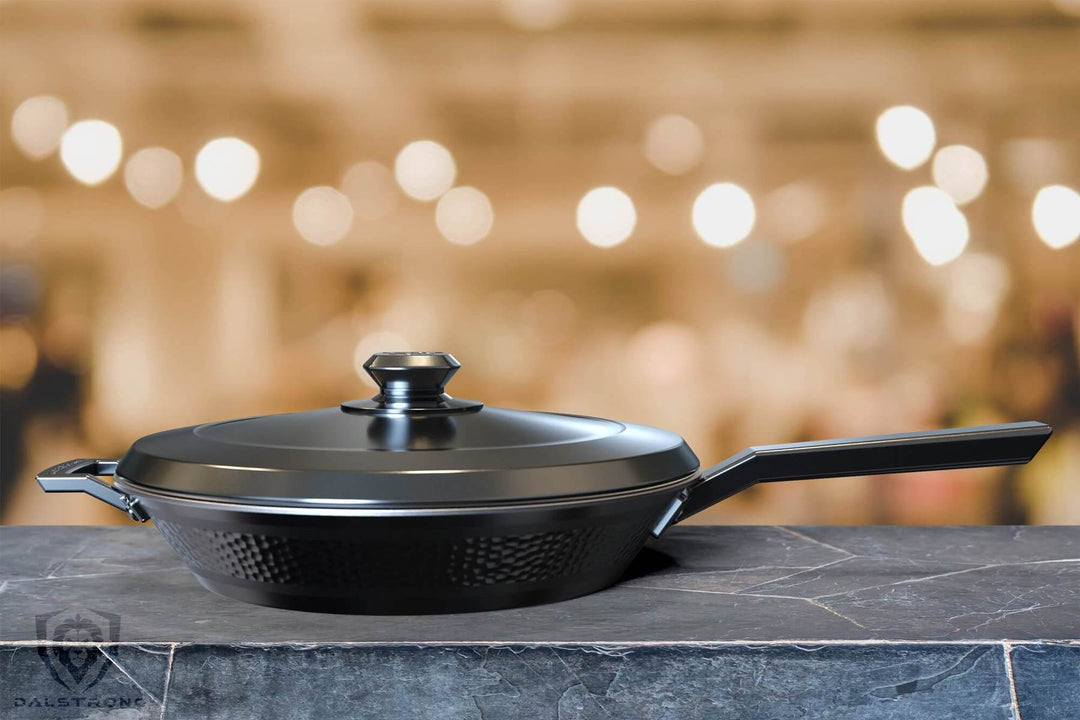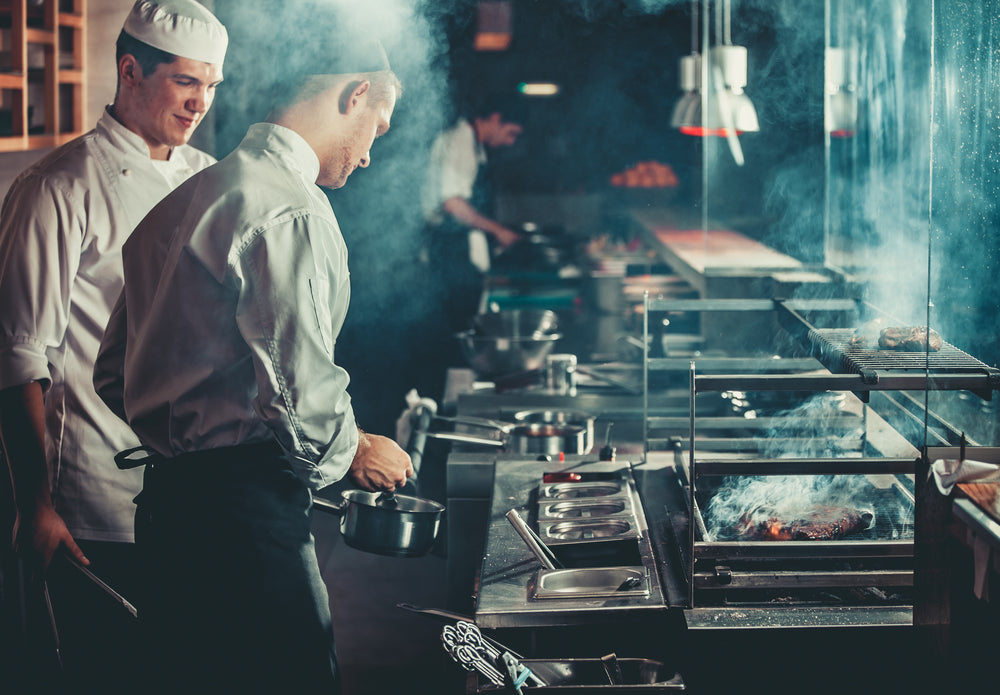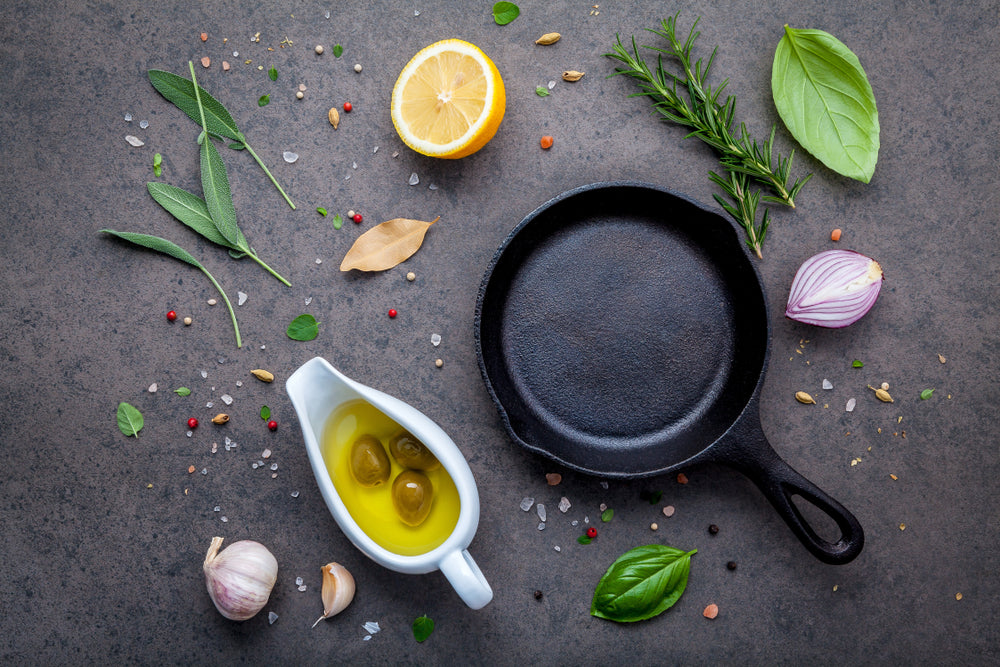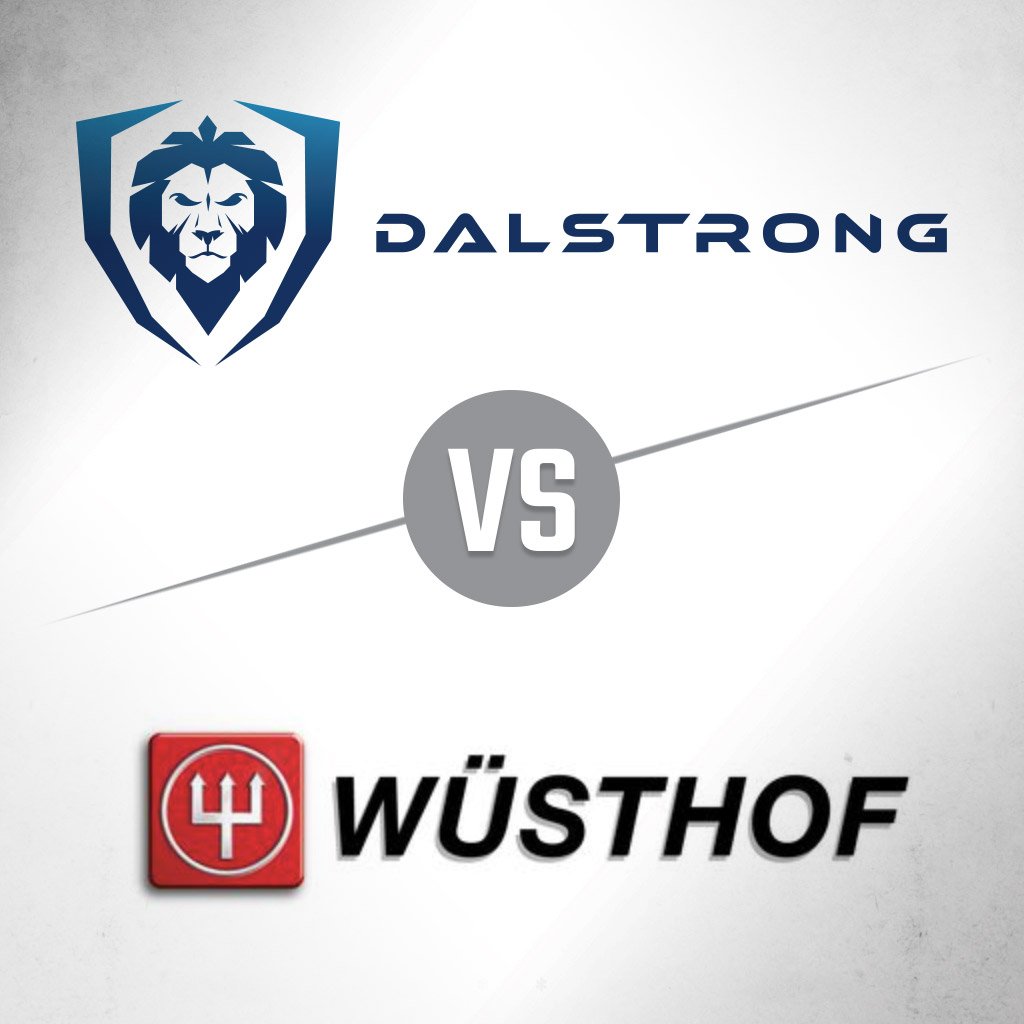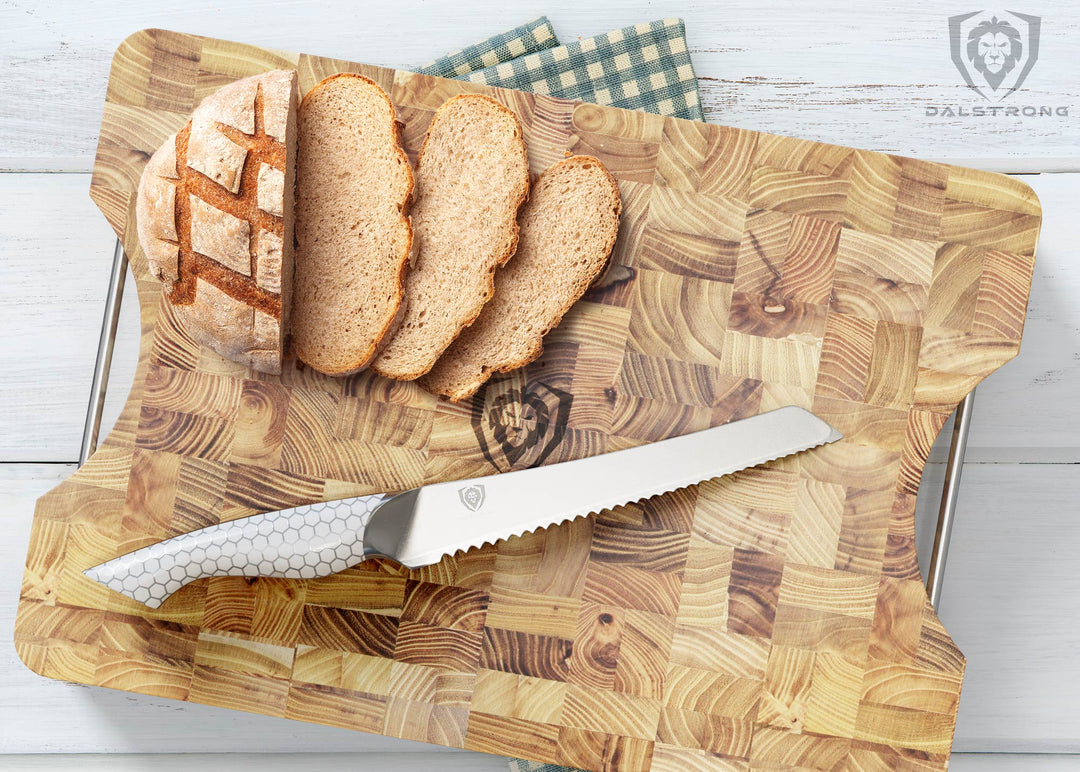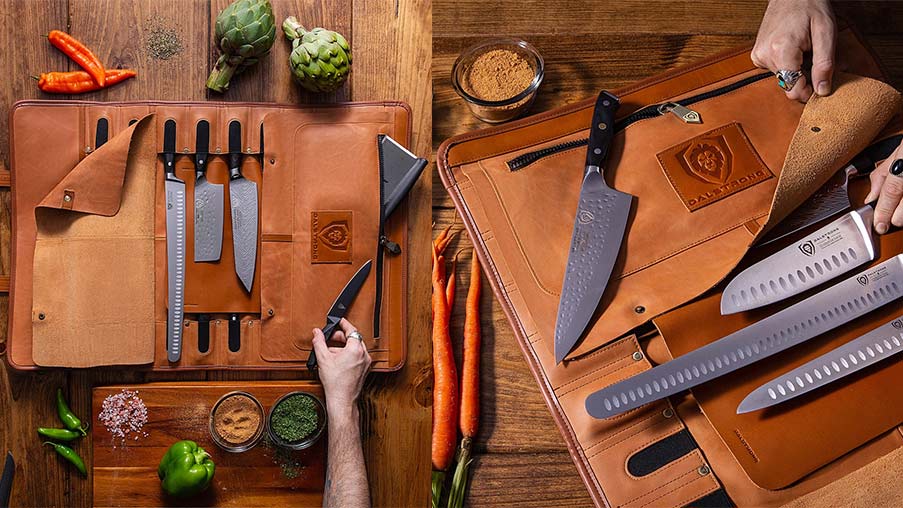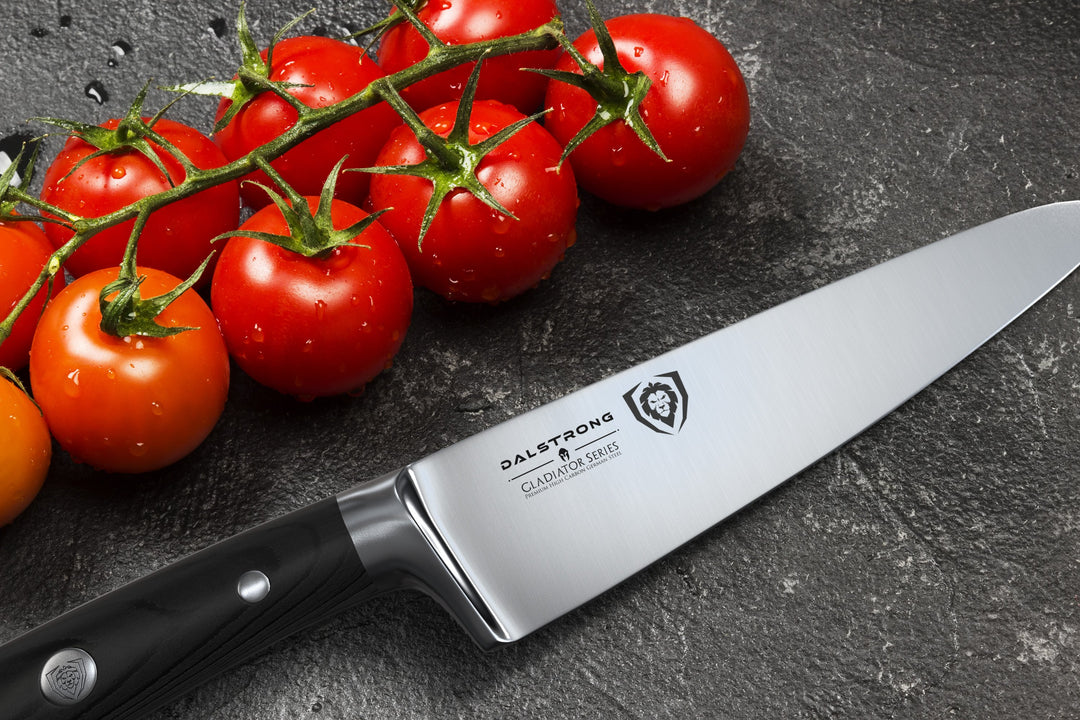Deba Knife: The Versatile Warrior
Deba Knife 6”- Ronin Series | Dalstrong
If you have an interest in Japanese blades and have done some research about them, you most probably know about the most widely used Santoku Knife. While this is arguably the most famous Japanese cutlery item, did you know that the Deba is also gaining popularity? This versatile kitchen tool comes with an asymmetrical bevel and is sharp, powerful, and will help you prepare countless dishes.
1. What Is A Deba Knife And What Is It Used For?
Deba Knife 6”- Ronin Series | Dalstrong
The Japanese Deba Knife finds its roots in Saiko, Japan in the Edo era, around the mid-19th century. This knife is a single-bevel knife with a pointed blade that was originally made to filet fish.
The word “Deba” translates to “Pointed Carving Knife”. The Deba knife is one of the 3 basic models used in Japanese cuisines together with the Yanagiba, the Usuba, and Nakiri. The Portuguese would often use this deba knife to chop tobacco before exporting it. Unlike the Sakai Takayuki blades which are thinner, a deba knife is heavier, with a thicker blade.
The design of the Deba knife is considerably different than most other knives, mainly due to the thickness of the blade. With the weight of the blade, the knife does most of the work like breaking apart fish with ease. While the edge of this knife is still somewhat fragile, being a single bevel blade, the knife is perfect for separating whole fish.
These knives range in size from 150mm up to 300mm and have a traditional Japanese style oval wood handle, usually made from Magnolia wood. Over time, the knife has proven to be super versatile and is made for butchery, taking full fish or chickens and breaking them down into more usable sizes.
Uses of a Deba knife:
- Cutting small bones with the heel, the part near the handle
- Slicing with the center of the edge
- Boning with the tip of the deba knife
2. Key Features And Benefits Of A Deba Knife
 Deba Knife 6”- Ronin Series | Dalstrong
Deba Knife 6”- Ronin Series | Dalstrong
Let’s take a look at some key features of Deba kitchen knives that will make it easy for you to recognize:
- The Japanese deba knife’s blade tapers towards the cutting edge.
- Its blade is sharpened on one side which means it only has one cutting edge.
- A Deba knife is bigger than other popular Japanese knives. It is also thicker, heavier, and more rigid than the other Japanese blades.
- The back of its blade is hollow ground or concave ground.
- The blade is chisel ground.
-
The standard length of this blade ranges from 16 to 17cm. You can also find Deba knives that range from 10 to 21cm.
Now, let’s talk benefits:
- This Japanese cutlery item can be used for a wide variety of tasks although it is best known for preparing fish.
- The butcher knife is ideal for removing fish heads and tails with clean and precise cuts.
- The tip of the blade is designed to slide easily along fish bones, making it perfect for preparing meticulously cut filets.
- The unsharpened side of the blade creates an air pocket that allows the blade to penetrate food with optimal force. This means that only the cutting edge of the blade touches the food, allowing you to create clean cuts that do not change the food’s structure or flavor.
- You can also use a deba knife for effortless vegetable preparation, chopping up some fruit, or even beef.
-
Often, you can also find this knife as part of a Japanese knife set. If you are setting up a new kitchen, purchasing the whole set is a better option.
3. Types of Deba Knives
- Hon-Deba: This is the original Deba. It is the thickest and the heaviest type.
- Ai-Deba: This is a thinner and lighter version of the Hon-Deba. It has a narrower blade that ranges from 135mm to 270mm in length.
- Yo-Deba: This is a Western-style version of the Hon-Deba, with a double-bevel edge and a Western-style handle.
- Ko-Deba: This one is smaller than the standard Deba. It is ideal for small fish.
- Kanisaki-Deba: This type of Japanese deba knife is specifically used to cut crab and lobster.
- Mioroshi-Deba: This type of fileting knife is used to filet thinner and longer fish. It is very similar to the Japanese Yanagiba knife.
-
Sakai Takayuki Tokujo Kiritsuke Deba: This deba knife has a kiritsuke tip and streamlined blade shape.
4. Things To Consider When Buying A Deba Knife
Size
Deba knife is designed to work with whole fish, including removing the head of the fish. This is why the Deba knife needs to be heavy, with a sharp blade, while feeling balanced in the user’s hand, unlike regular chefs knives or a steak knife which are lighter. Some of the commonly available sizes are deba 105mm, deba 210mm and a classic 165mm deba knife.
Shape
The blade is wide at the heel and tapers towards the cutting edge, leading to the pointed tip. Make sure the spine of the blade is thick, and more obtuse angle on the back of the heel. This will allow the Deba knife to cut off the heads of fish without damage.
Edge
The extremely sharp edge of the Deba knife is due to the single bevel blade a.k.a., chiseled edge. When using a single-bevel knife, only the cutting edge of the blade touches the food, perfect for achieving clean cuts of meat that preserve its natural freshness, flavor, and texture. For those who are left-handed, it is best to invest in a left-handed Deba knife or a left-handed Sakai Takayuki knife.
Handle
Deba knife handles can be categorized into 2 categories: the traditional Japanese ‘Wa-Handle’ or a ‘Western Handle’. The Wa-Handle are the D-shape, oval or octagonal handles. See which you can grip better and pick a blade for your kitchen.
5. How To Care For Your Deba Knife?
To ensure your Deba knife stays sharp for a long time, you’ve got to show the blade some care and love. Here’s how you can care for your Deba knife:
- It is very important to wash the deba knife with soap and water and dry them well after every use.
- Proper knife storage is very important. Store your deba knife in a detachable or open wooden block or case to help prevent dust accumulation. It will also help protect the blade from elements that can cause damage.
- Using knife sharpeners is always a good idea. Sharpening the blade of the deba knife with a knife sharpener or whetstone will help keep your tool in perfect condition and prolong its life. You can look for videos online or even enroll for sharpening classes if you are super keen to learn.
- Avoid washing your Deba knife in a dishwasher.
- If it is a carbon-steel knife, you can also apply food-grade mineral oil when storing it.
- If you feel like this is too much work, you can also find stainless steel versions of the Deba knife.
6. Dalstrong Deba Knife Picks For You
Looking for Japanese kitchen knives to add to your arsenal?
Here are my top recommendations:
1. Deba Knife 6”- Ronin Series | Dalstrong
This is the ultimate Japanese butcher knife. 3 important elements make this blade a cut above the rest:
- The Shinogi surface of the knife runs along the flat surface of the blade to the edge, allowing for a narrow, razor-like profile.
- The Urasuki edge of the blade is the gentle concave surface of the backside of the blade, creating a slight air pocket while slicing, ensuring minimal drag and a smoother surface.
- The Uraoshi surface is the thin, flat rim that surrounds the Urasuki, and along with the heft of the blade, serves to optimize performance and enhance the strength of the blade.
Pros:
- The Shinogi surface allows for a sharper, more precise knife, perfecting softer and thinner cuts.
- The single bevel blade is precision forged from a single piece of ultra premium Japanese high-carbon steel that makes it stain-resistant and durable.
- The laminated and hot-forged “Liquid-Kusari” pattern on the blade minimizes drag and stuck on food while maximizing slicing efficiency.
Cons:
- The heavy blade comes with a relatively fragile edge so one must be careful with this knife.
- The blade of this knife is not as flexible as other knives.
- While this knife can easily cut small bones, it cannot tackle big bones.
2. Deba Knife 6” (Left Handed)- Shogun Series “S” | Dalstrong

This carbon-steel butchering master is designed for those who work with their left hand.
Pros:
- This Japanese deba knife is engineered specifically for those who are left-handed. The tapered bolster provides a perfect balance, and finger protection, and gently encourages a comfortable pinch grip.
- The knife has excellent edge-retention that allows you to cut longer and go further.
- The precise tempering increases the steel’s crystalline structure, enhancing its strength, flexibility, and hardness.
Cons:
- These knives tend to be slightly more expensive than regular knives.
- The knife will not perform as intended if used by the right hand.
7. Frequently Asked Question
What is deba used for?
Deba bocho are Japanese-style kitchen knives primarily used to cut fish, though also used when cutting meat. They come in different sizes, sometimes up to 30cm in length.
Are Deba knives good?
This Japanese kitchen knife is renowned for its sharpness. With an extremely sharp blade, this knife is perfect for butchery. The spine of the knife is thicker and it has a heftier weight than other Japanese knives. You can get carbon steel or stainless steel deba knives.
What does Deba Knife mean?
Deba bocho means “pointed carving knife”. It is a Japanese-style kitchen knife.



























































































































































































